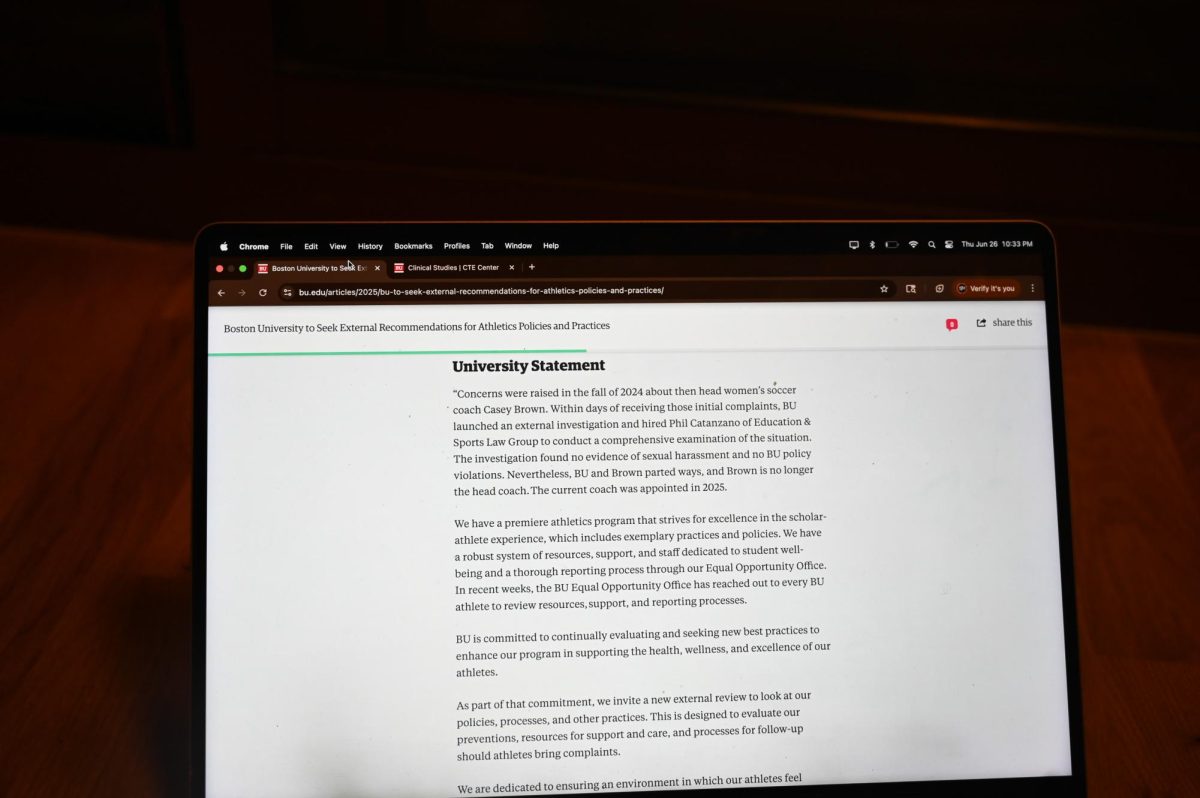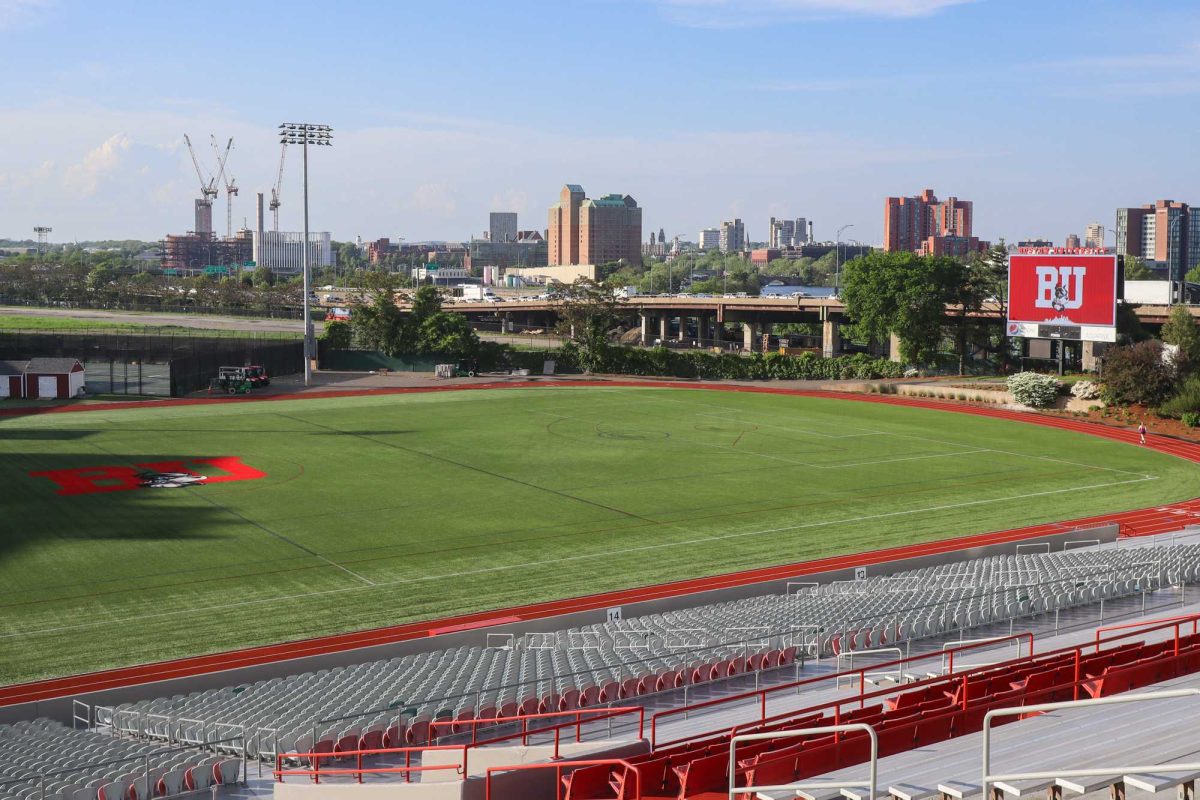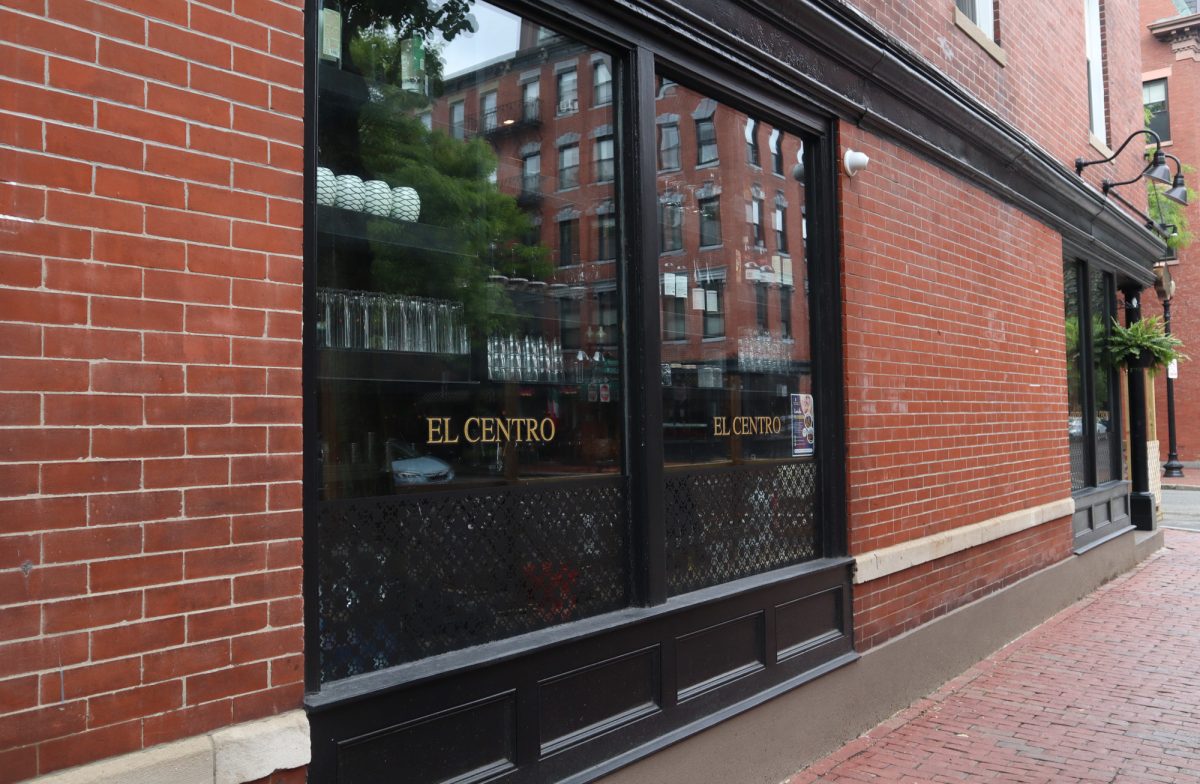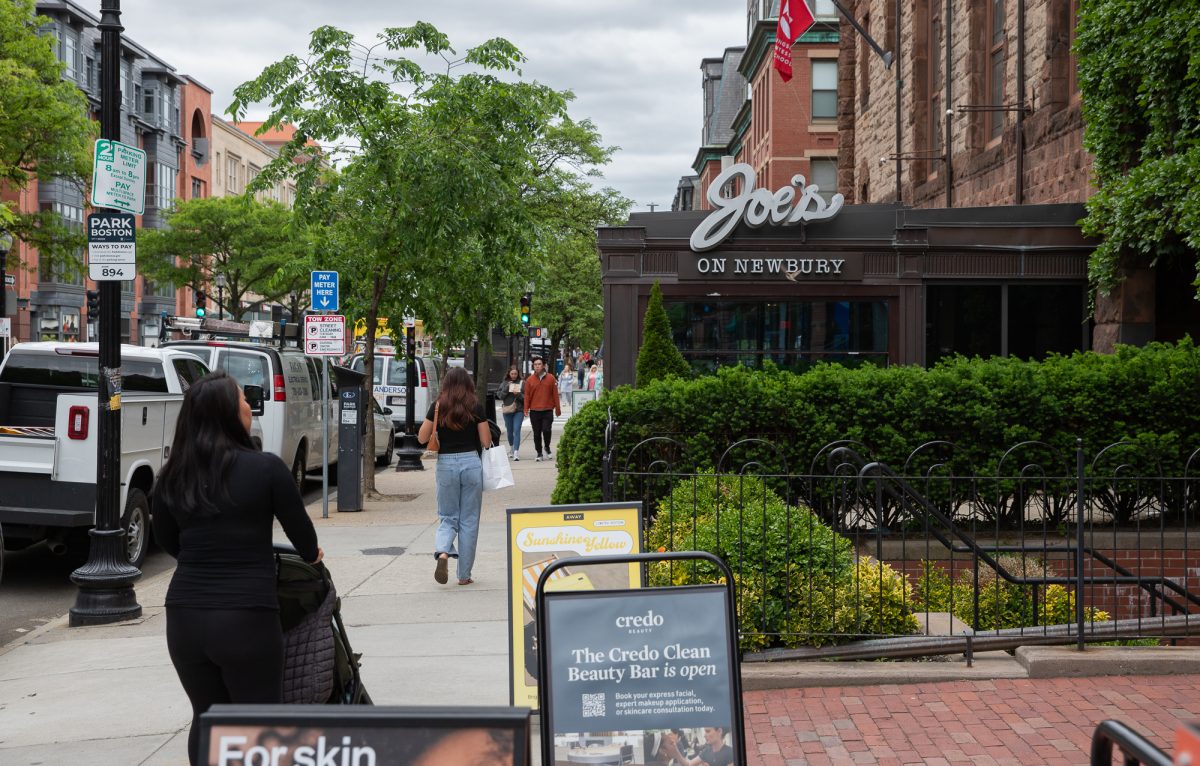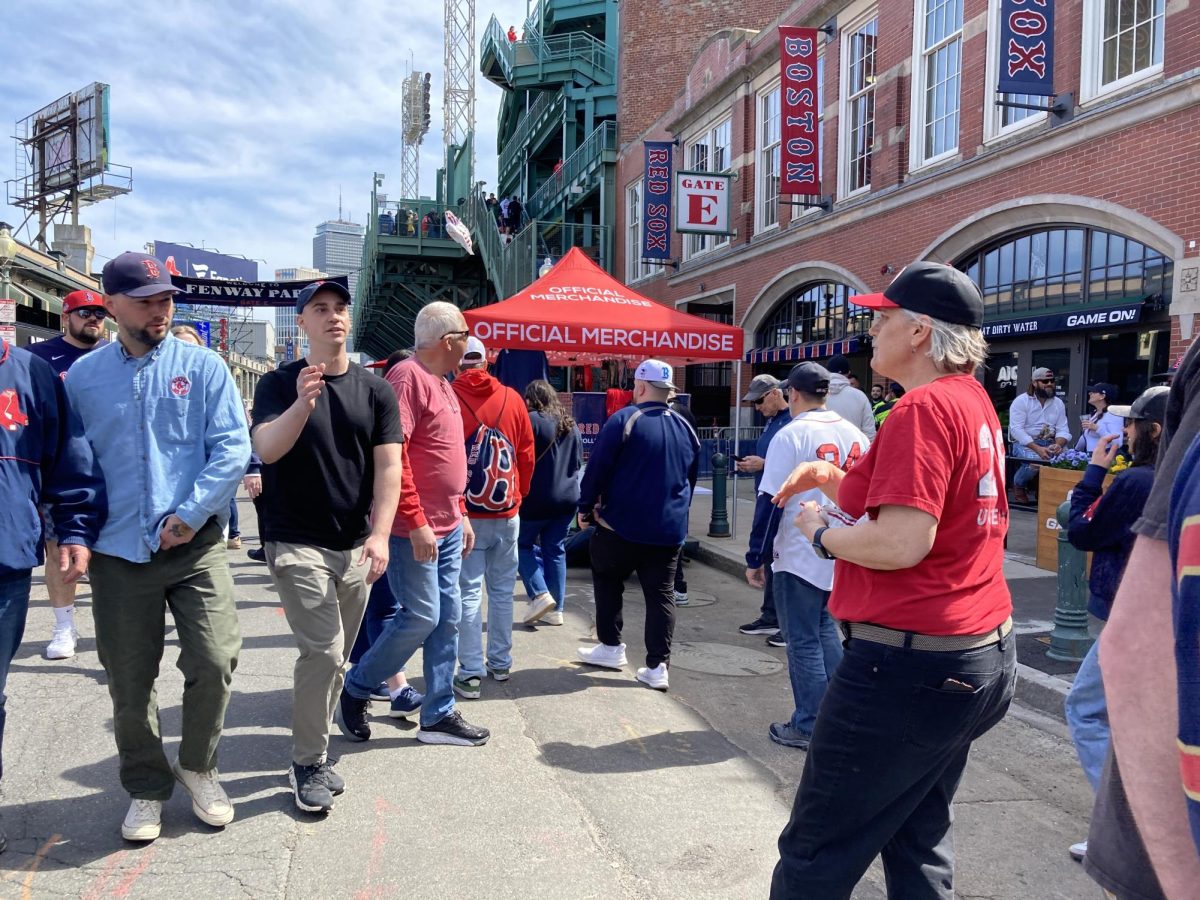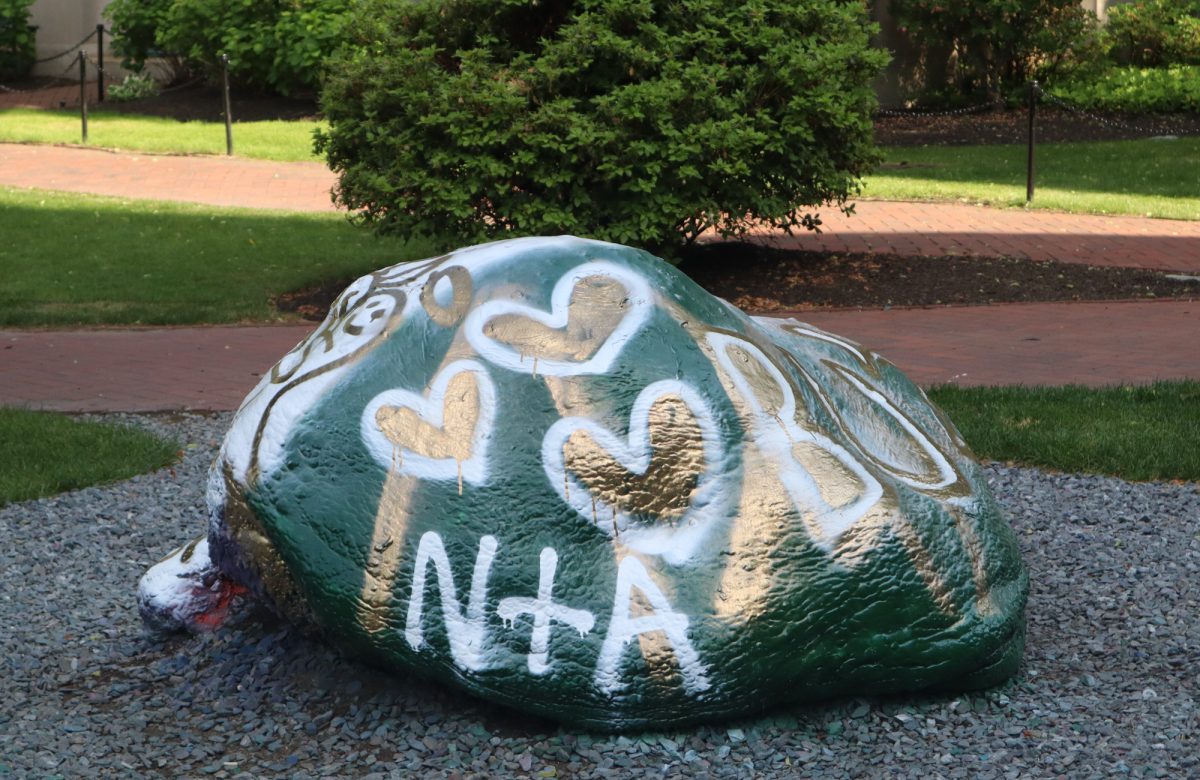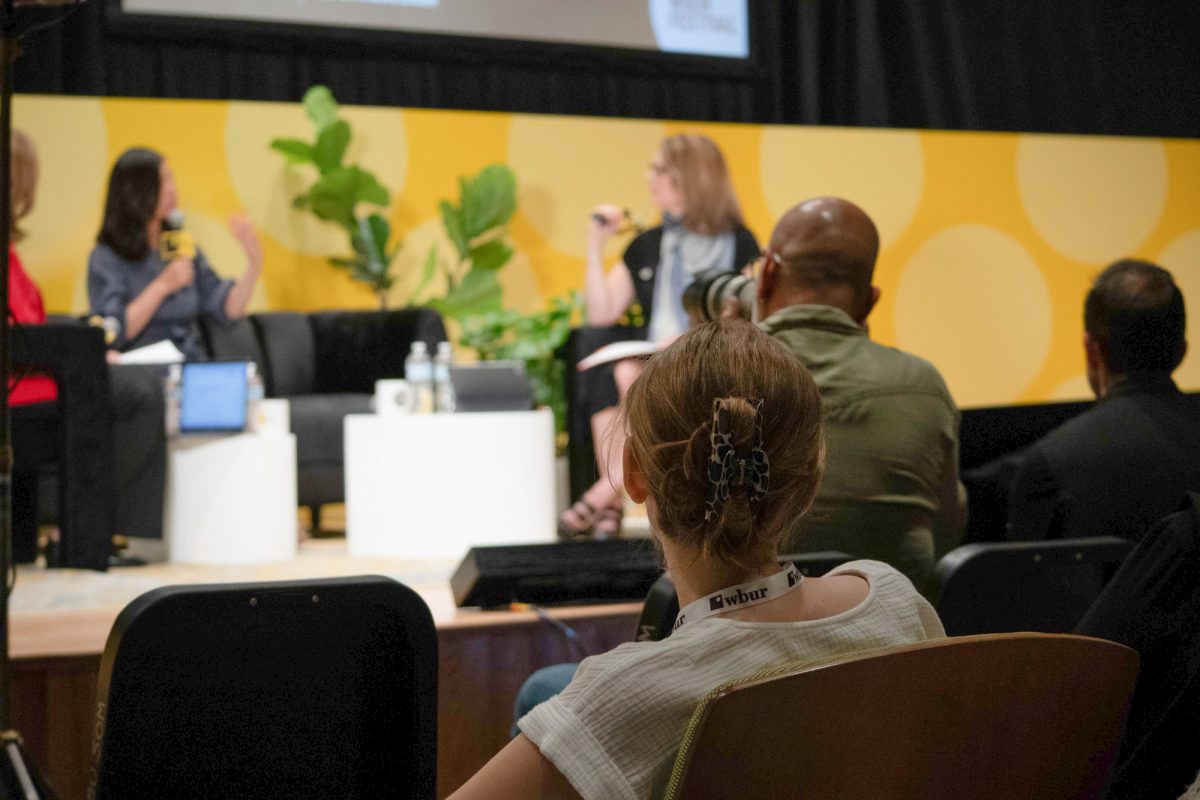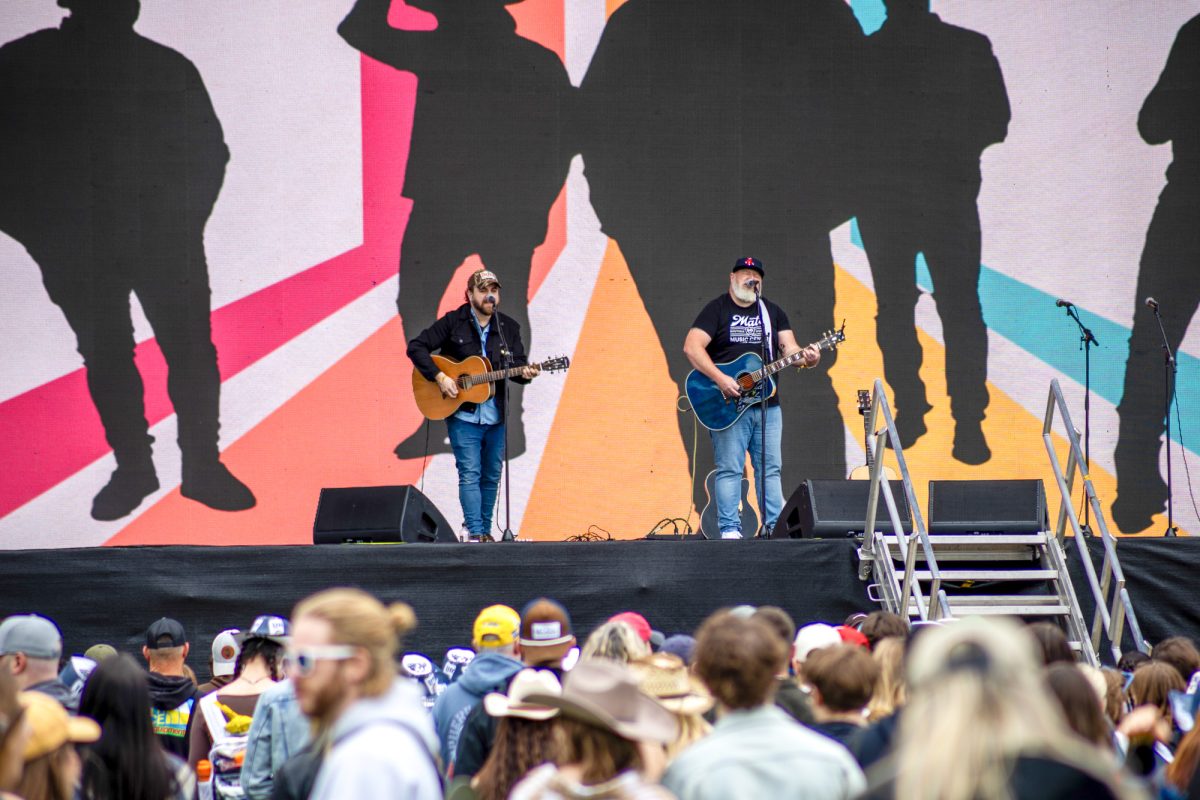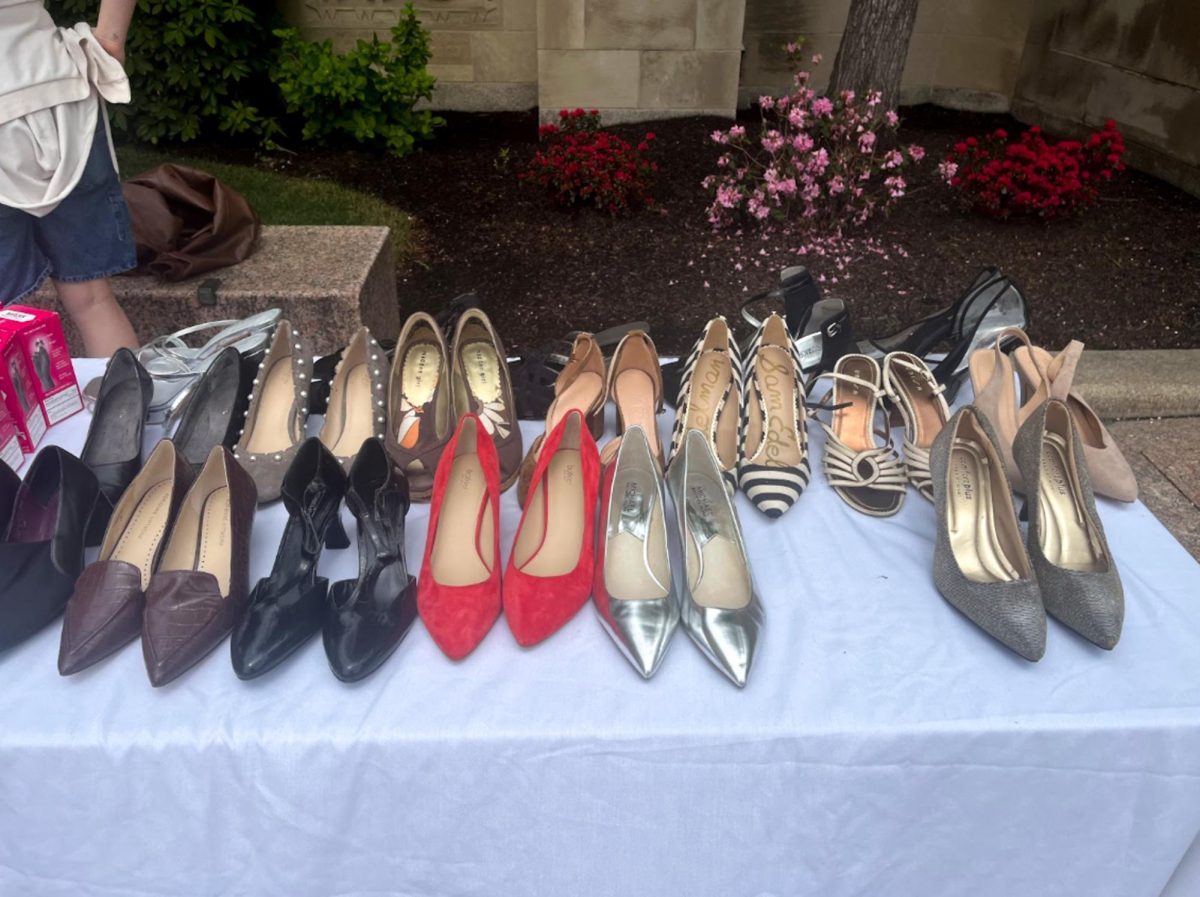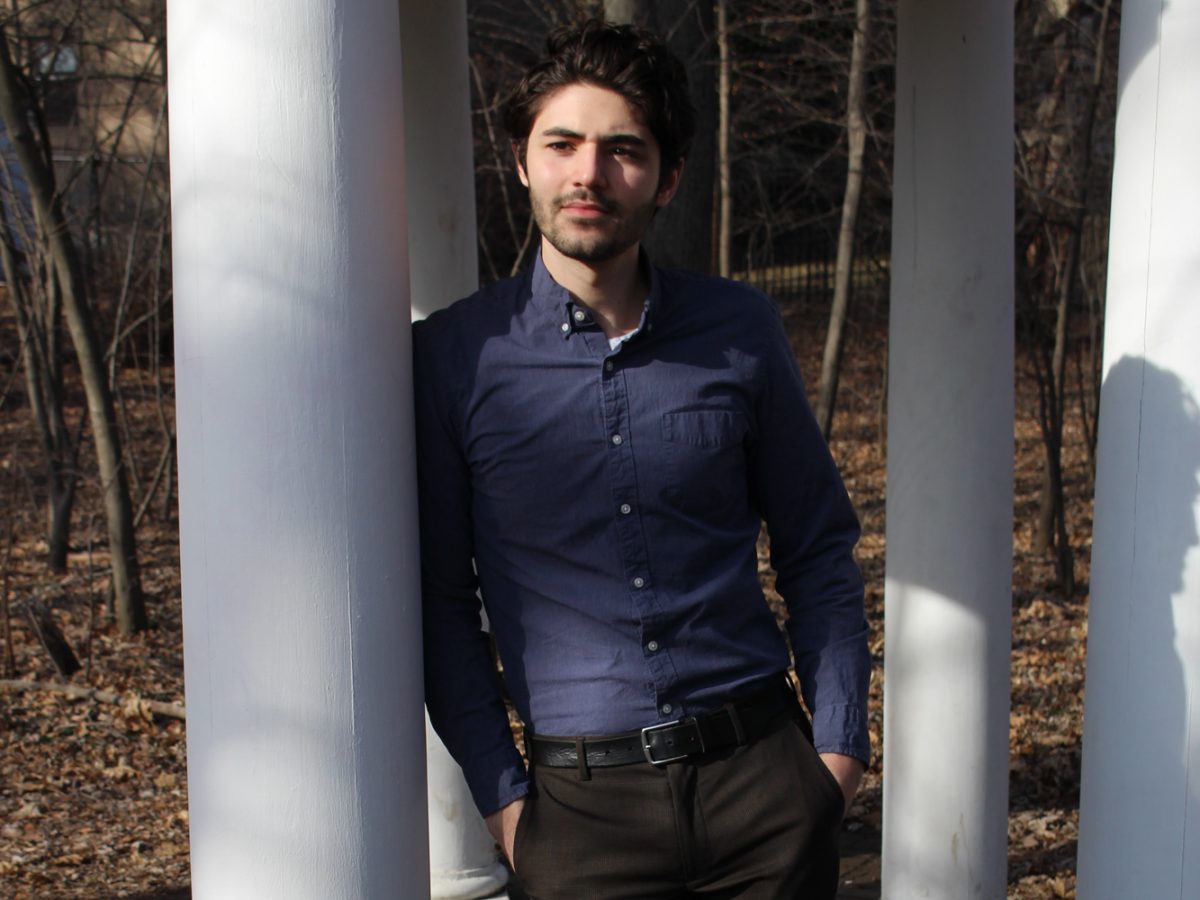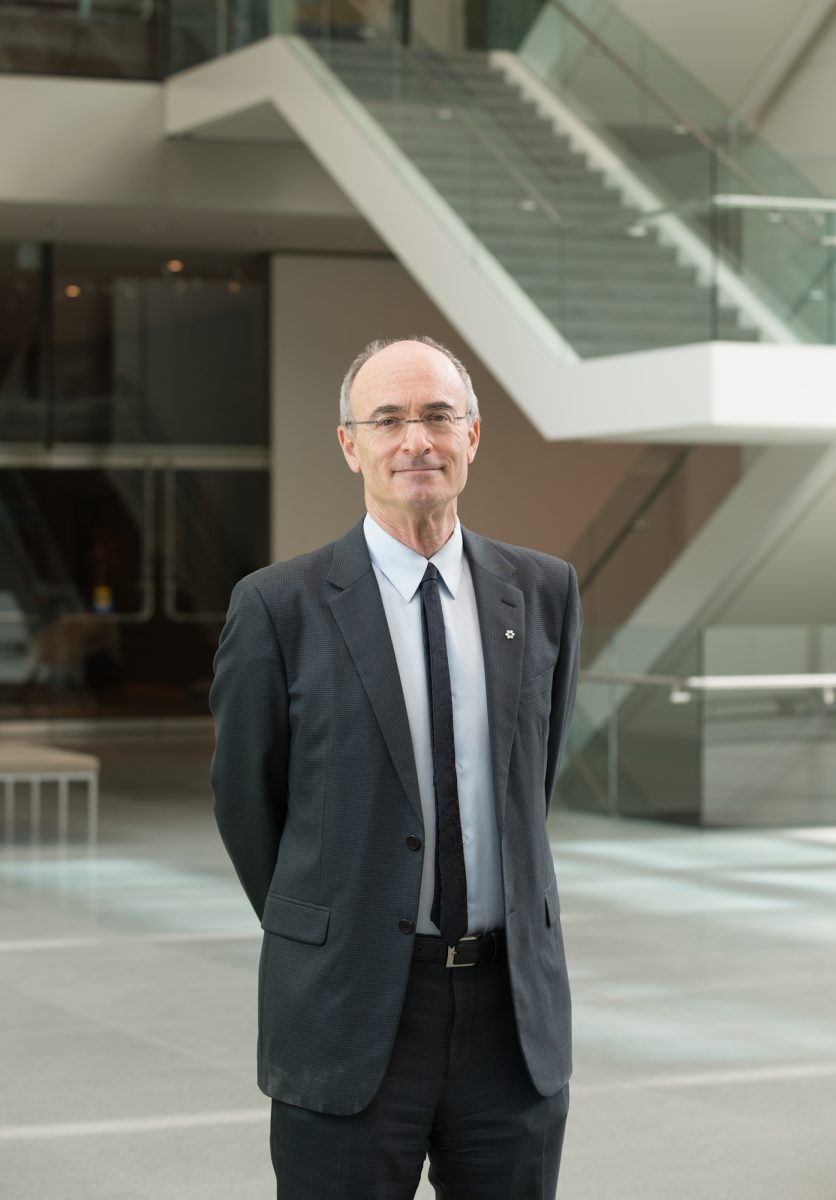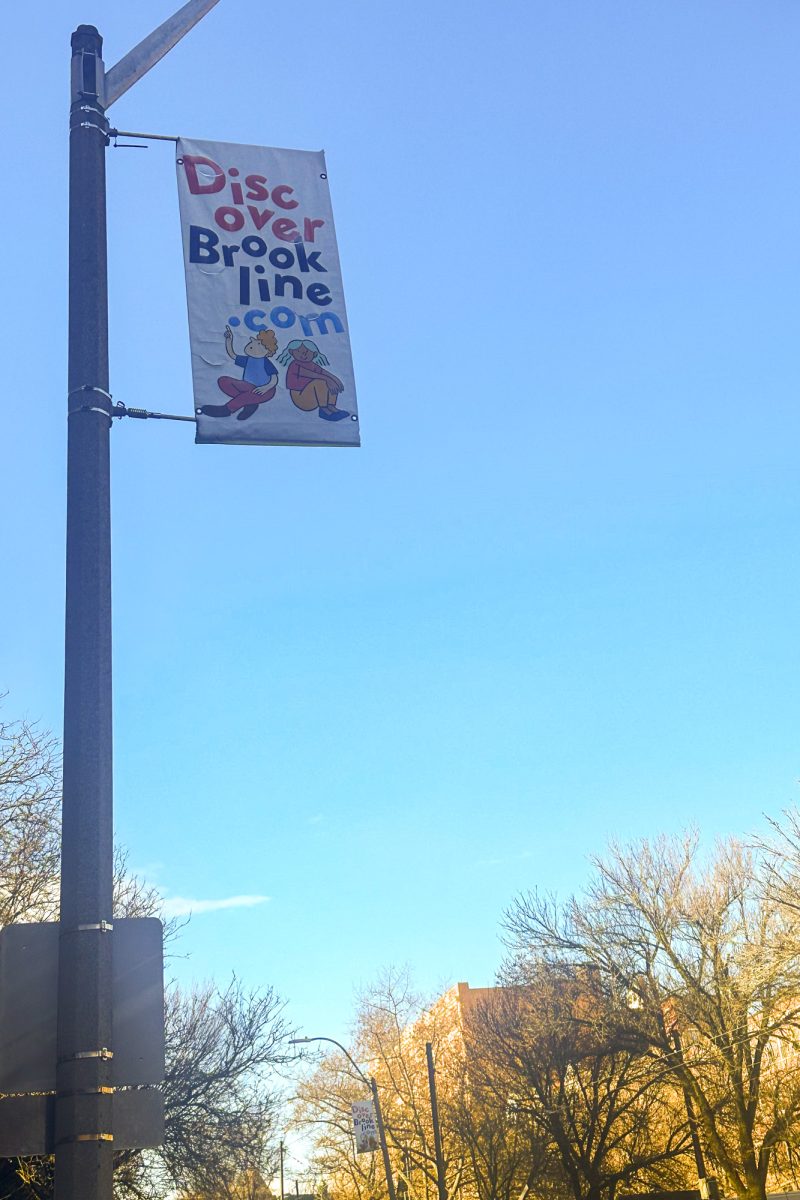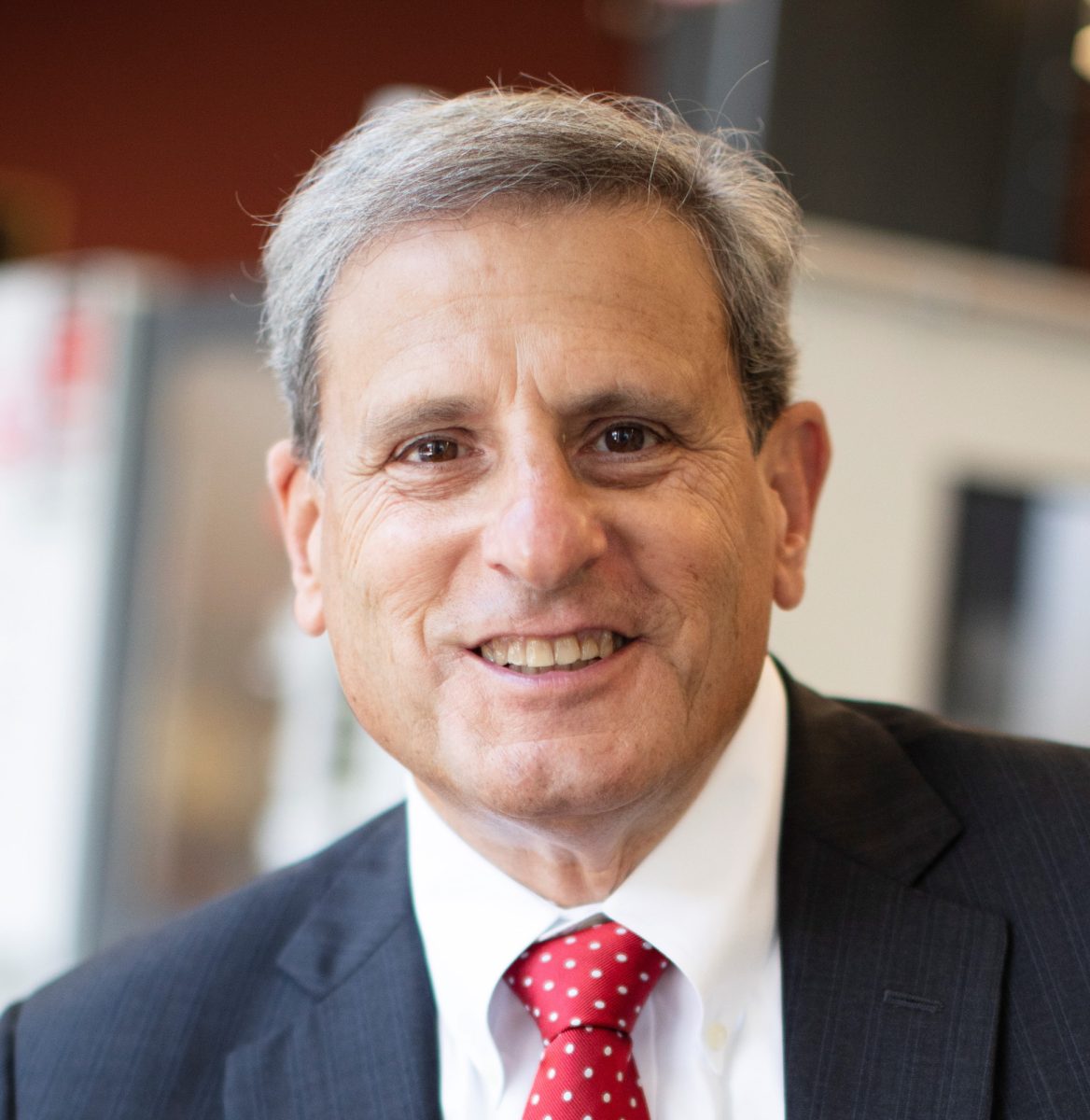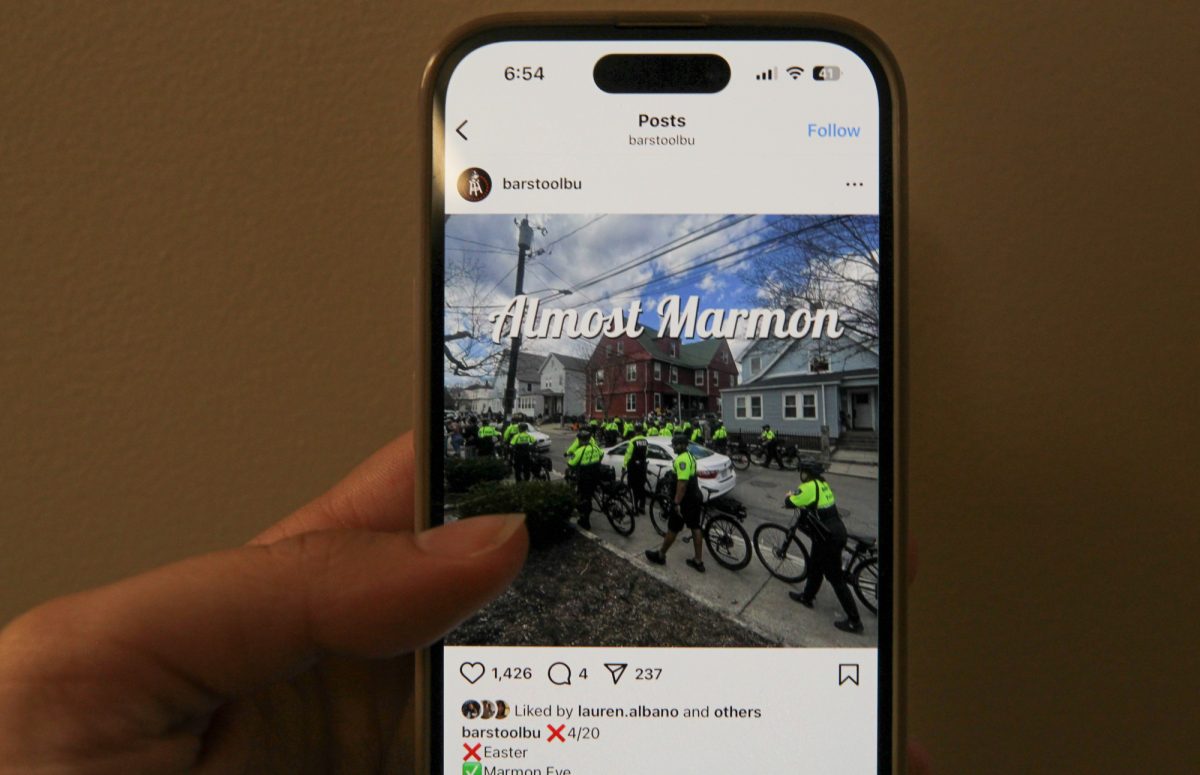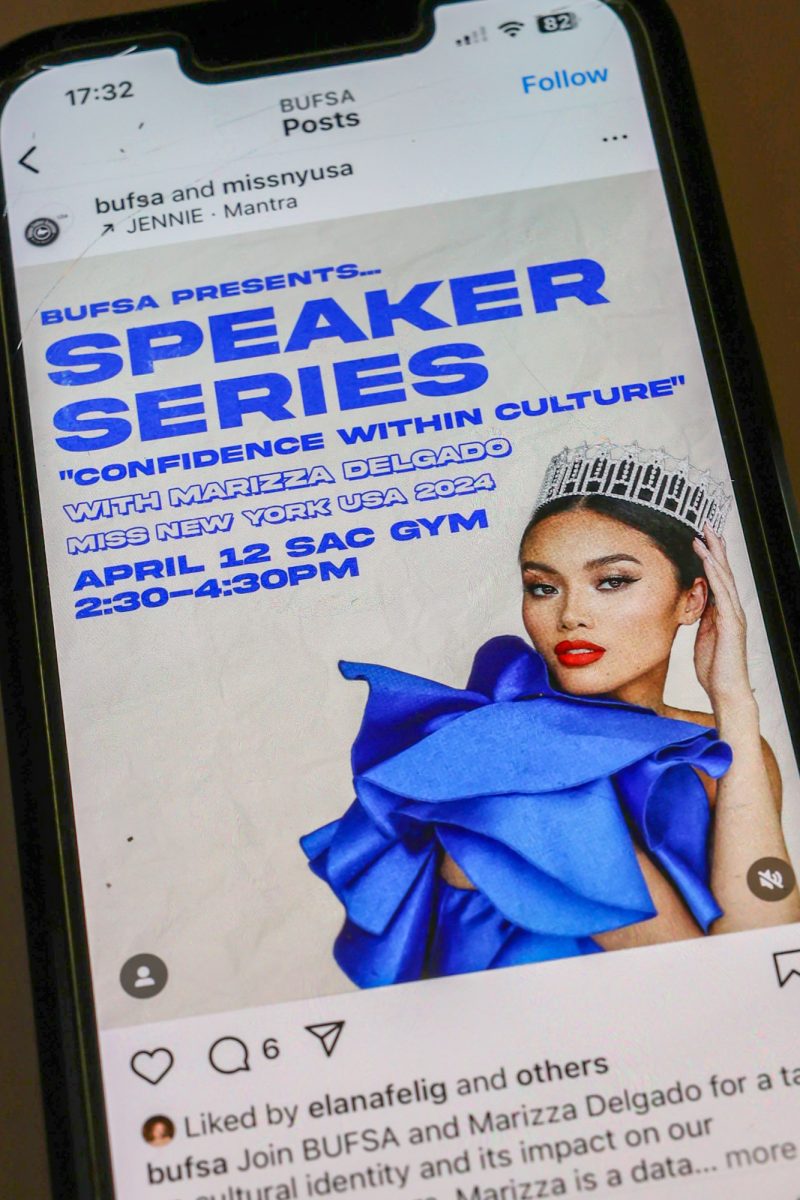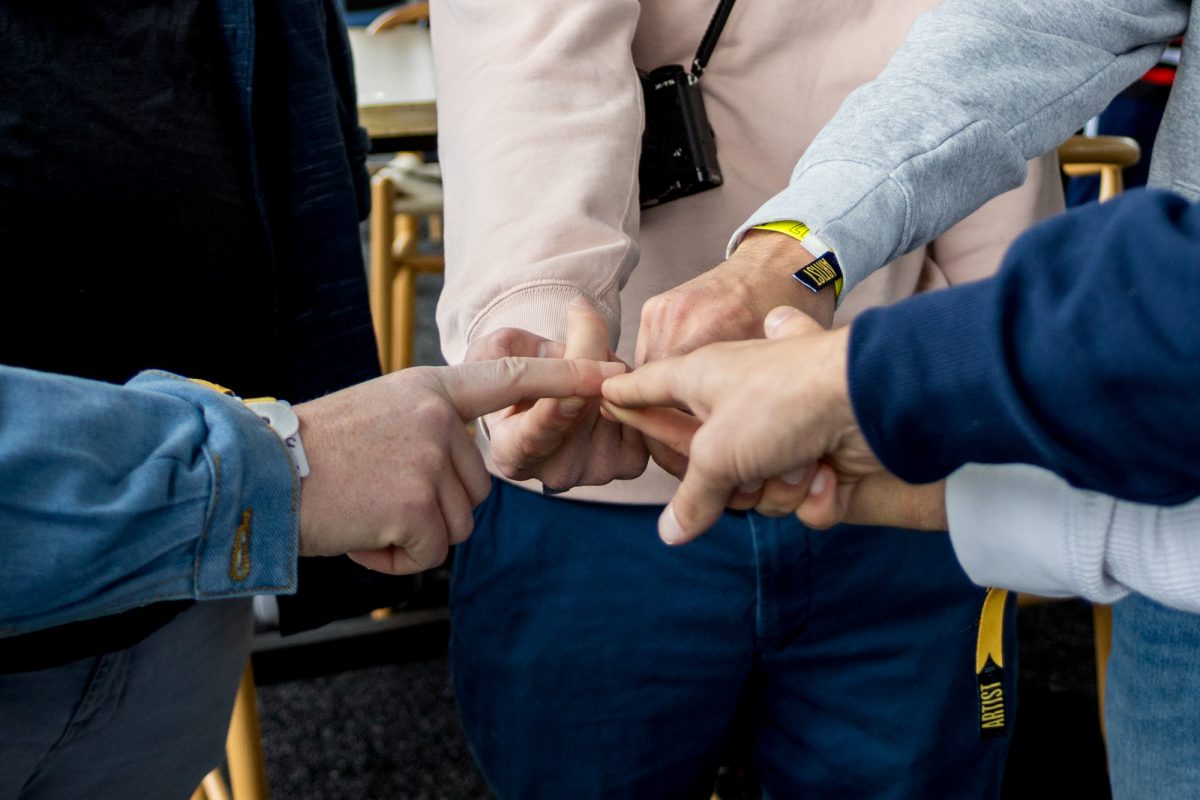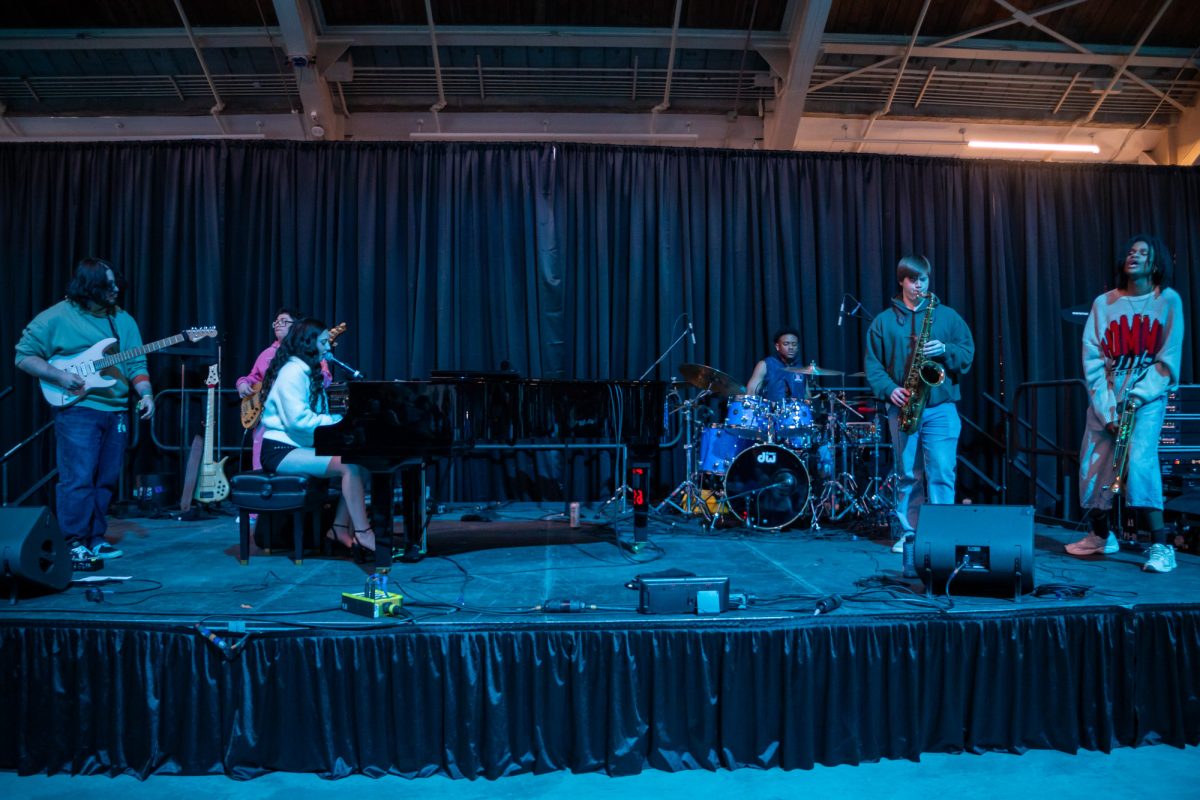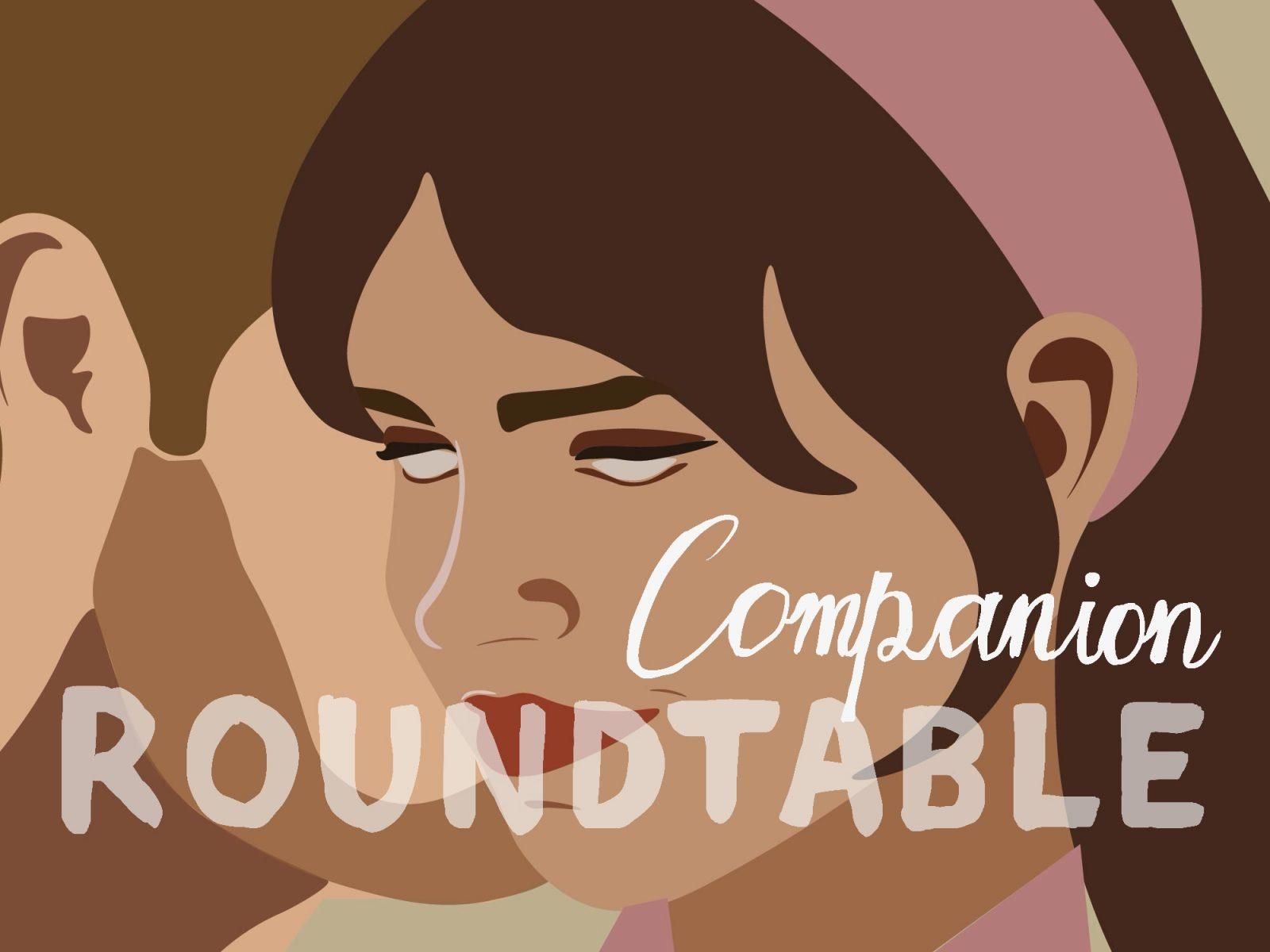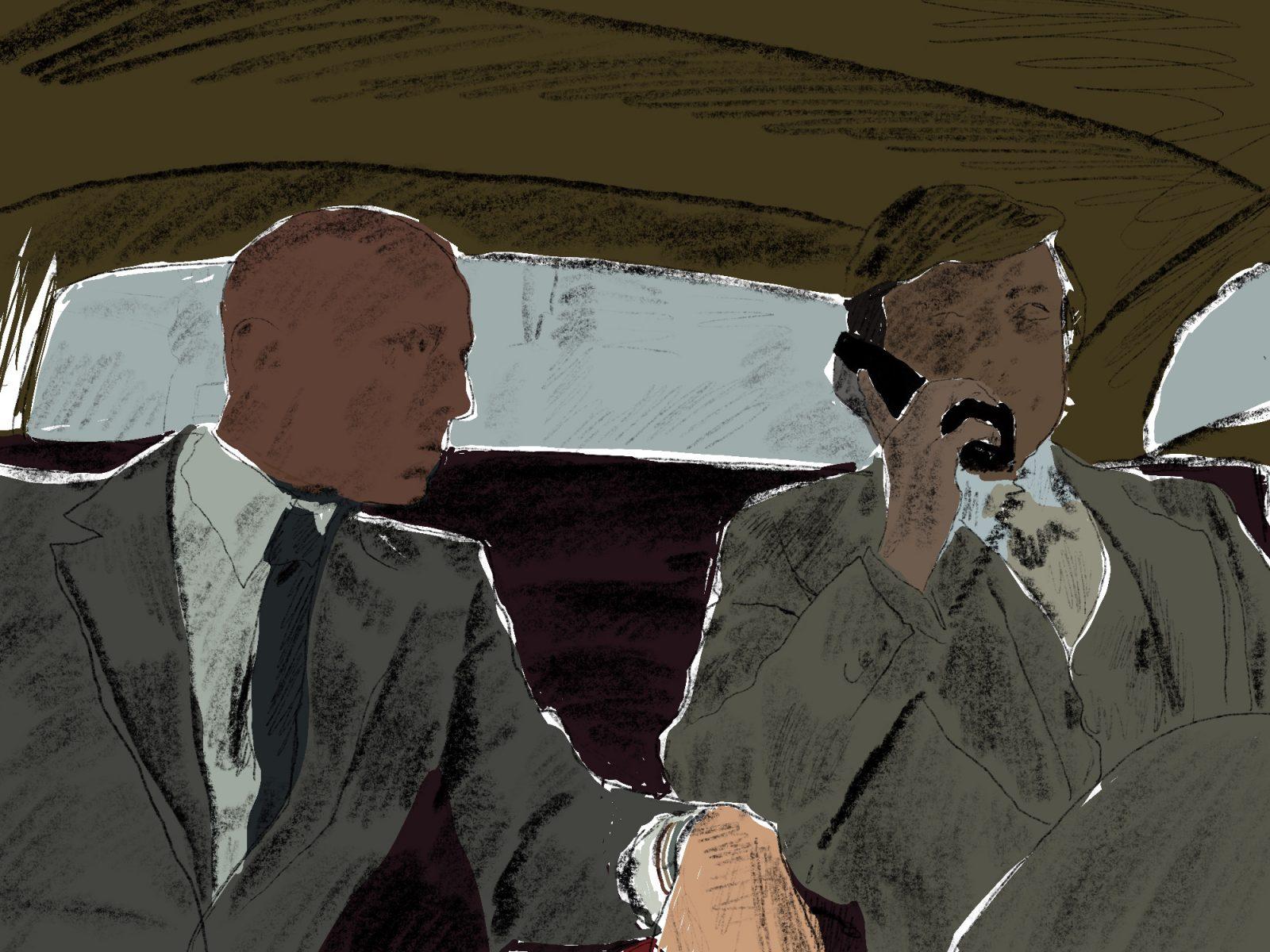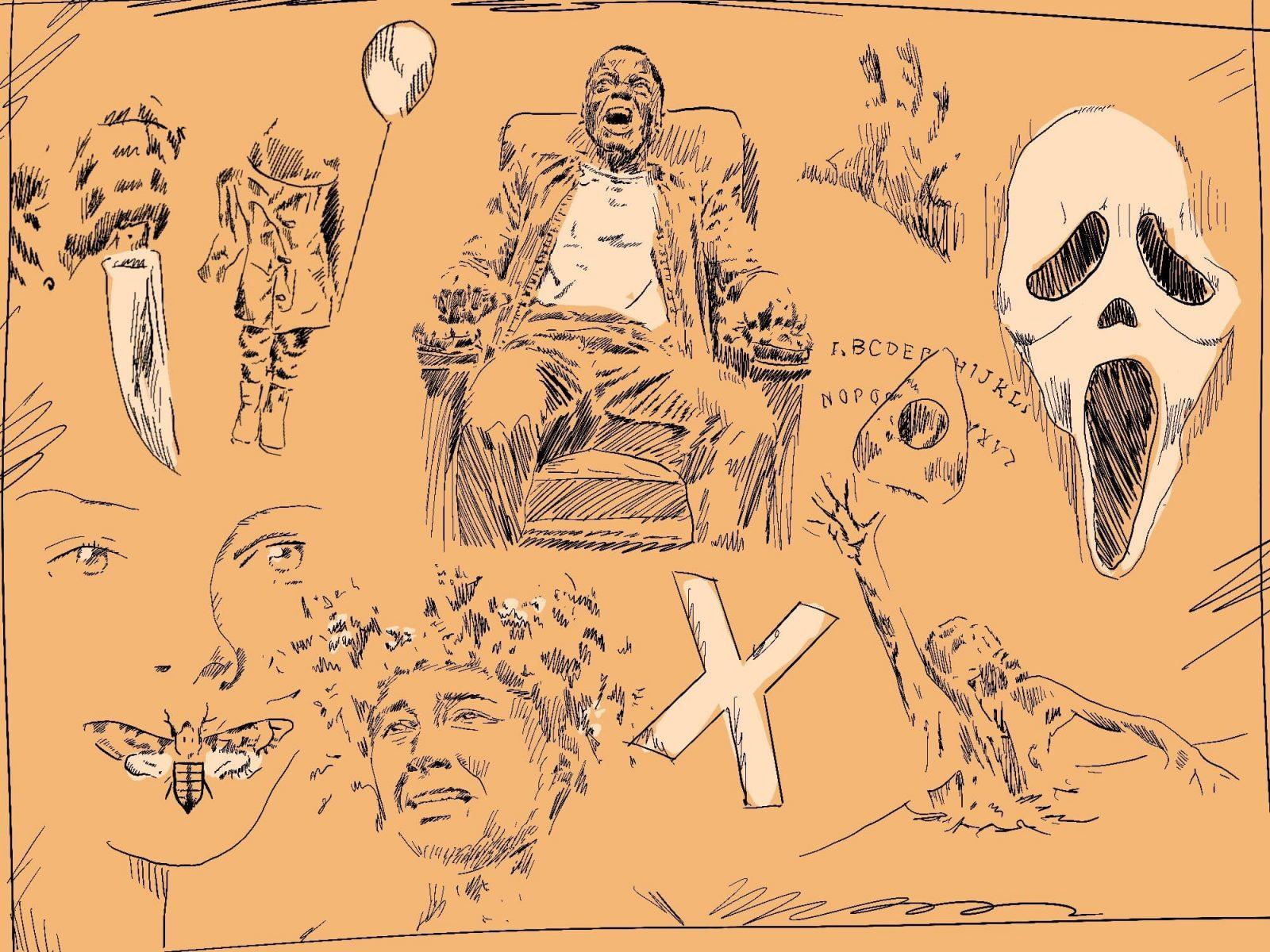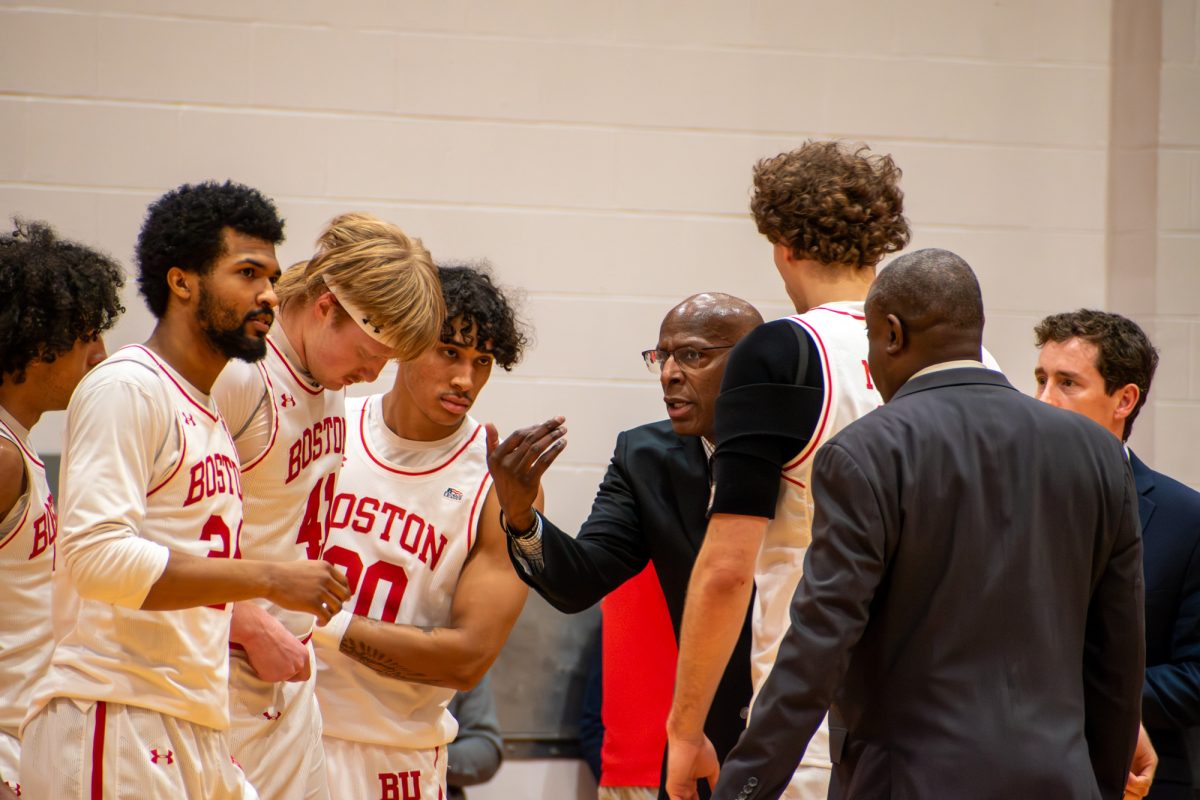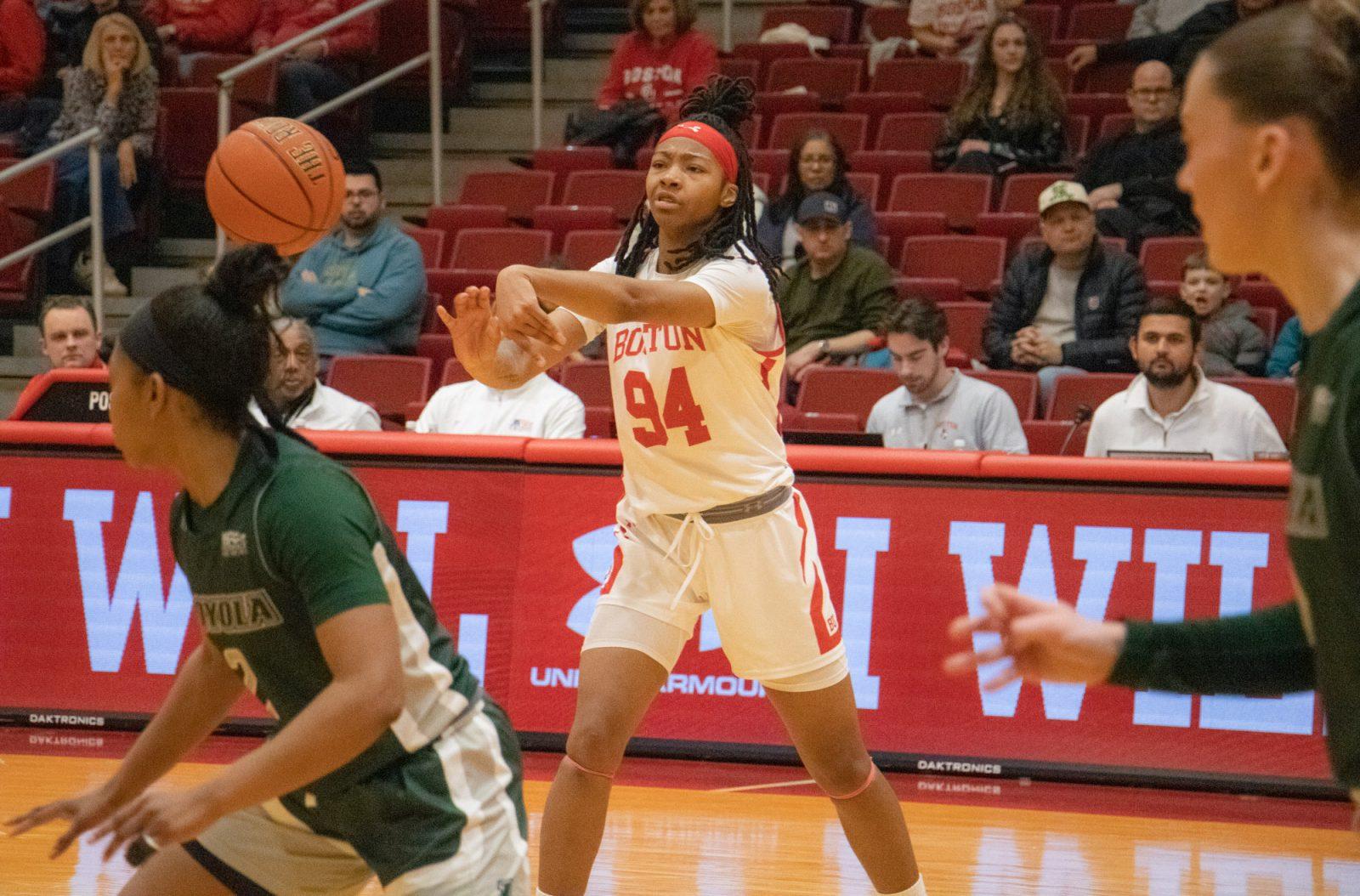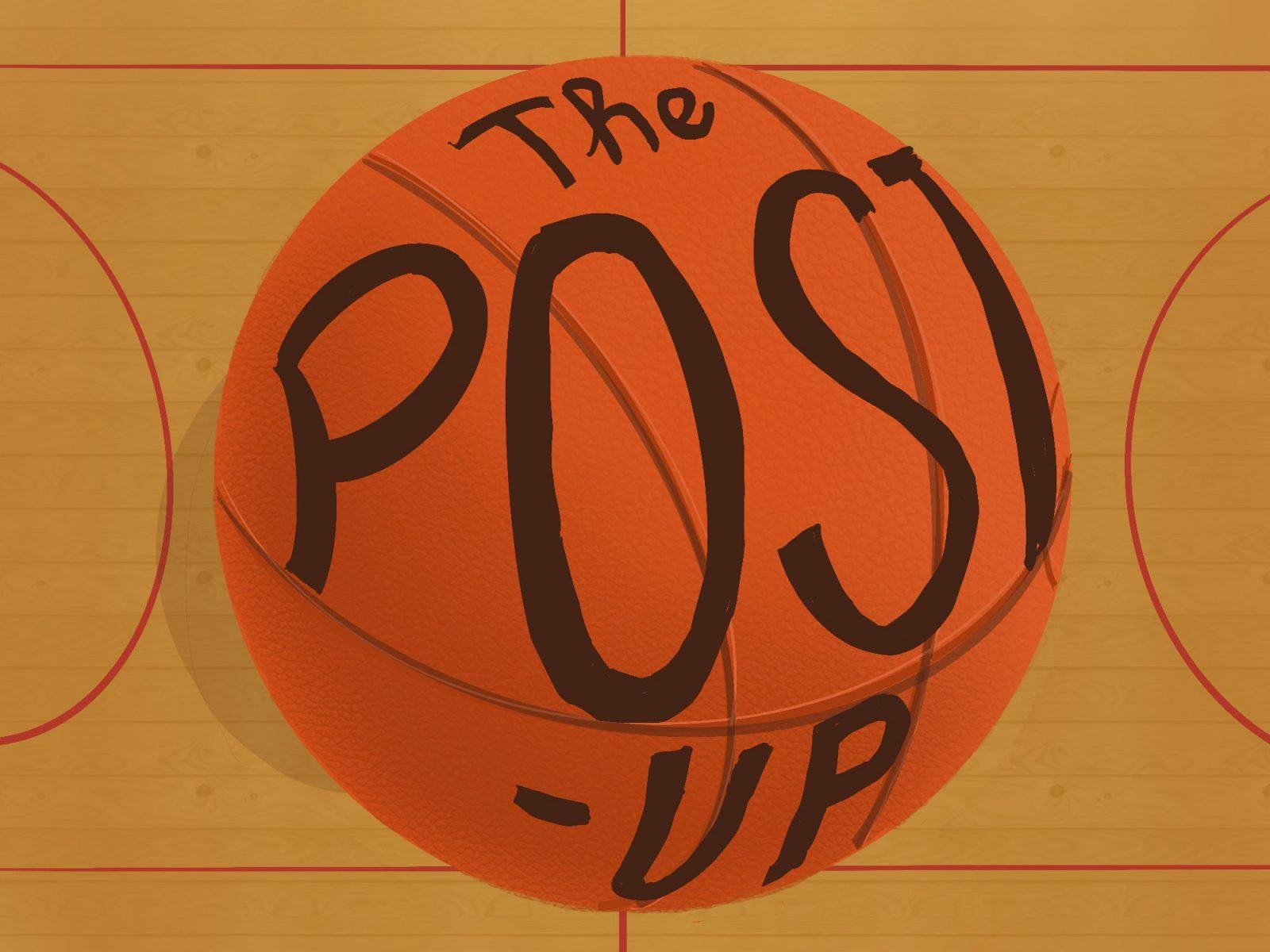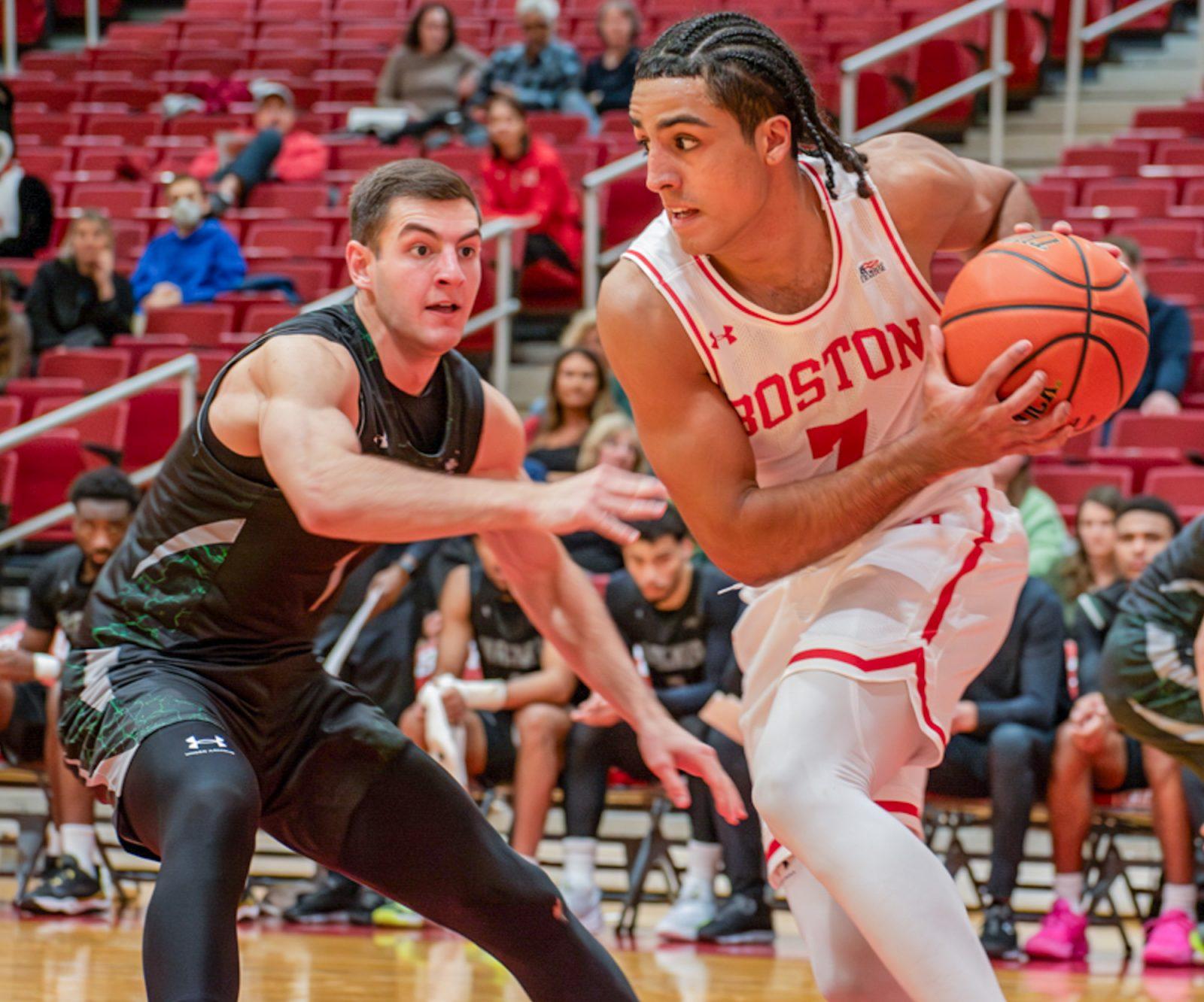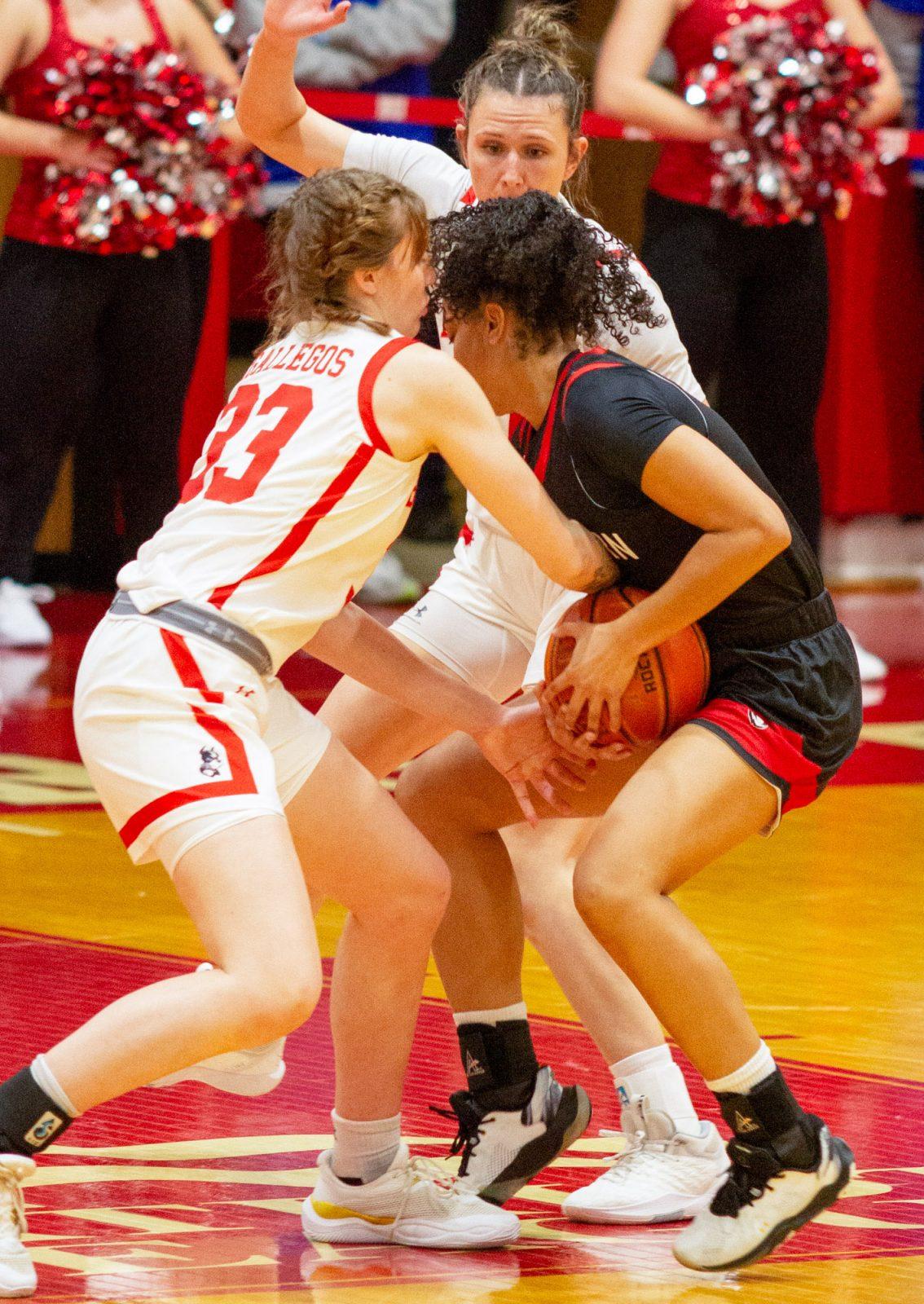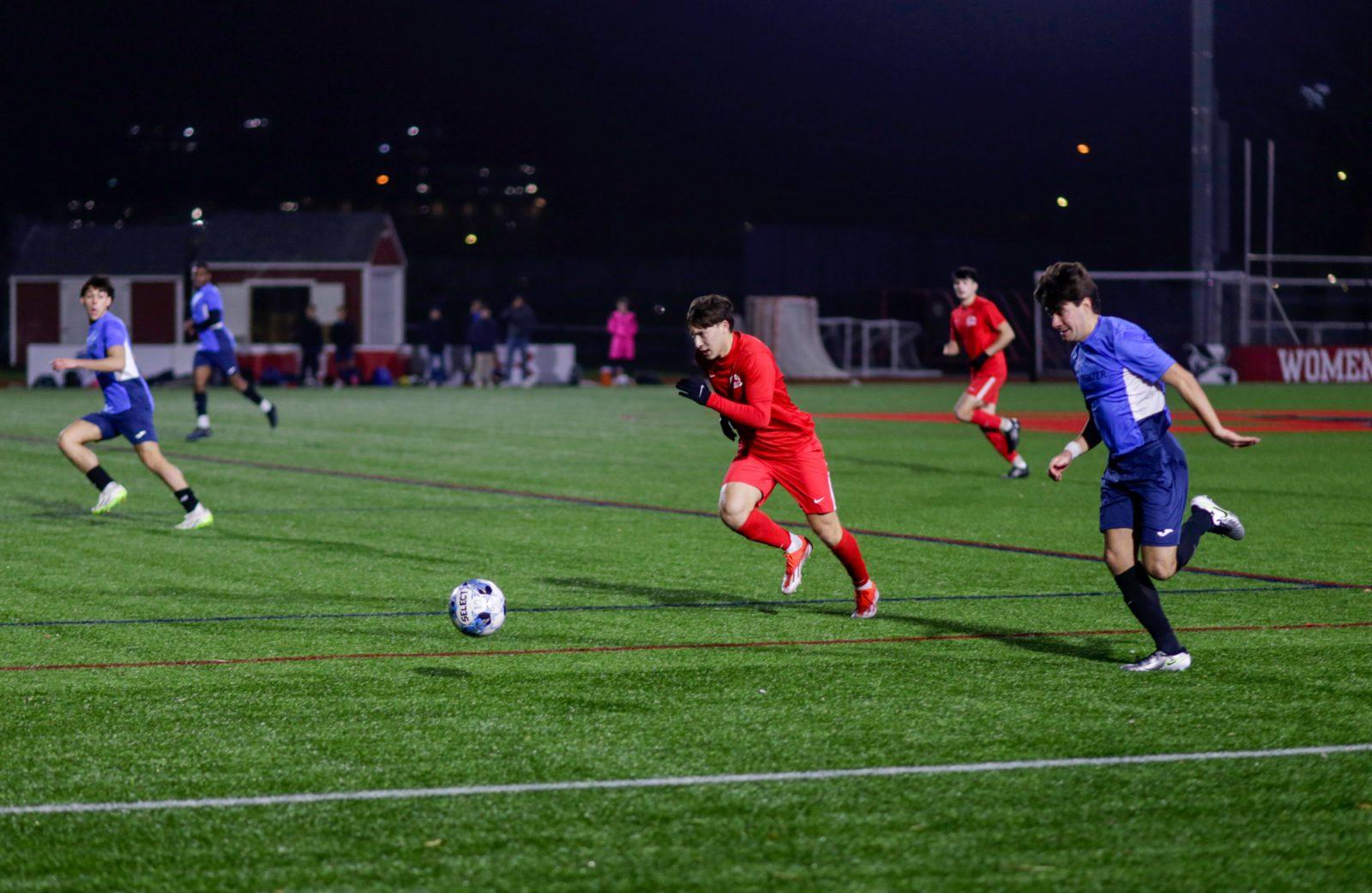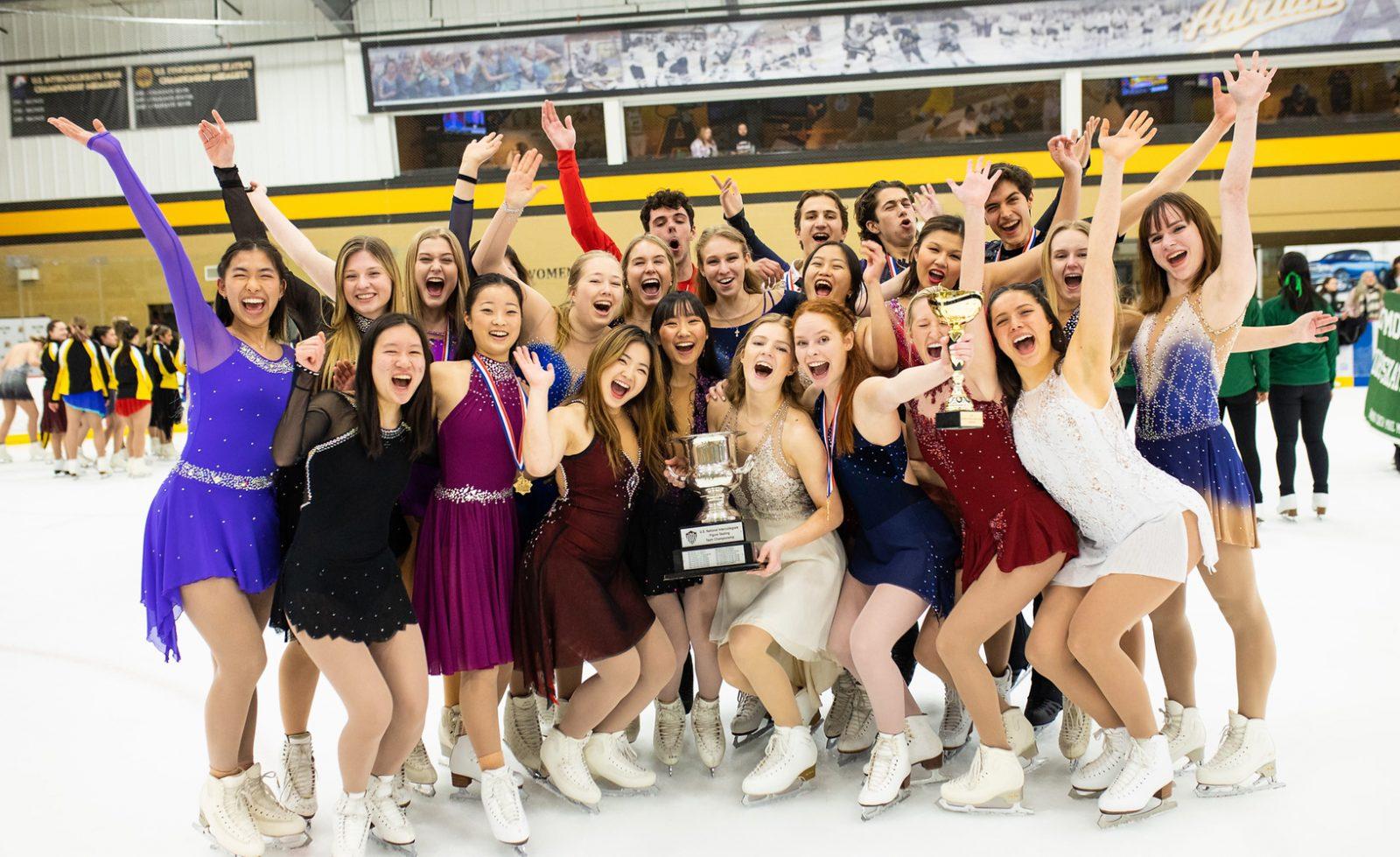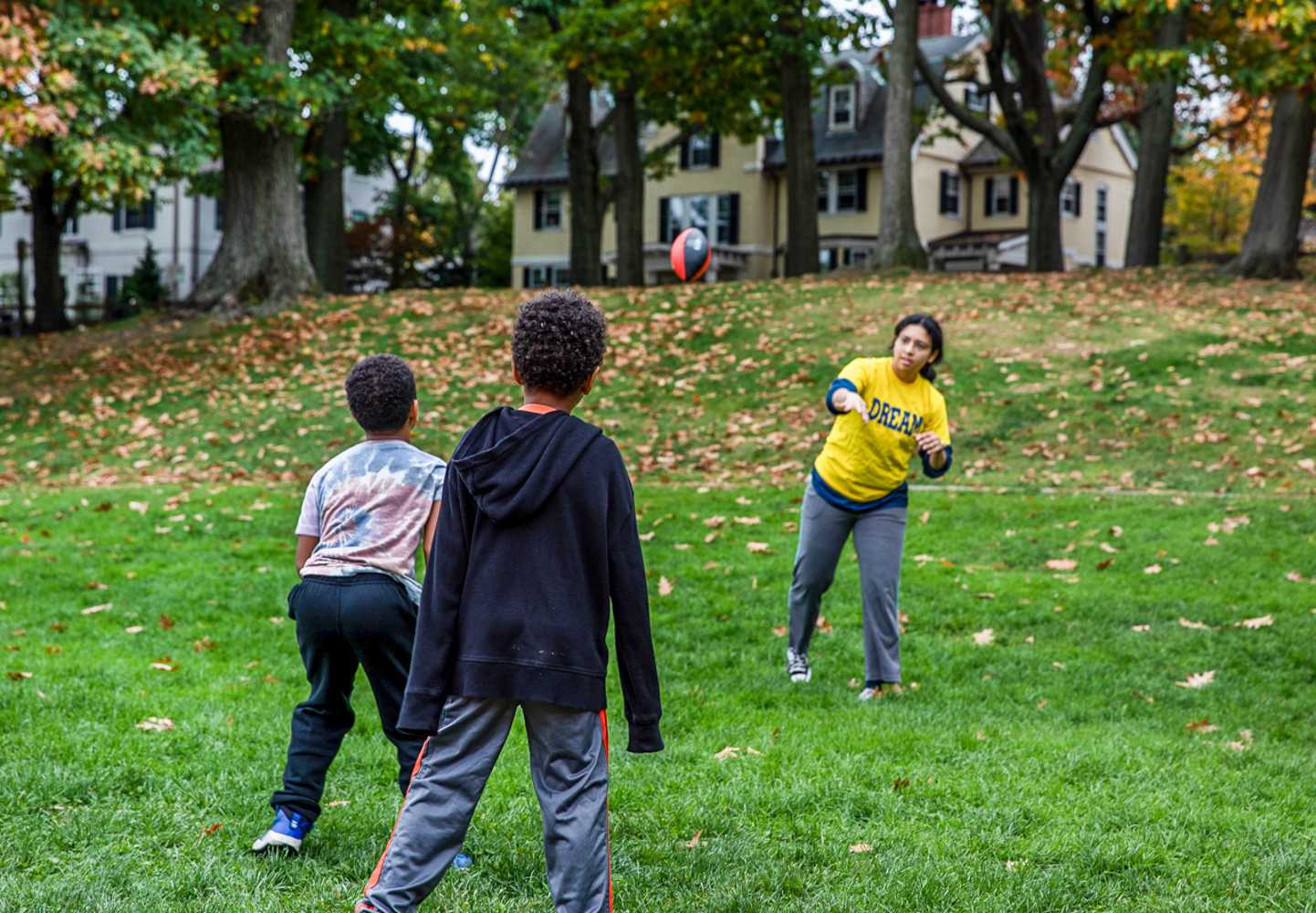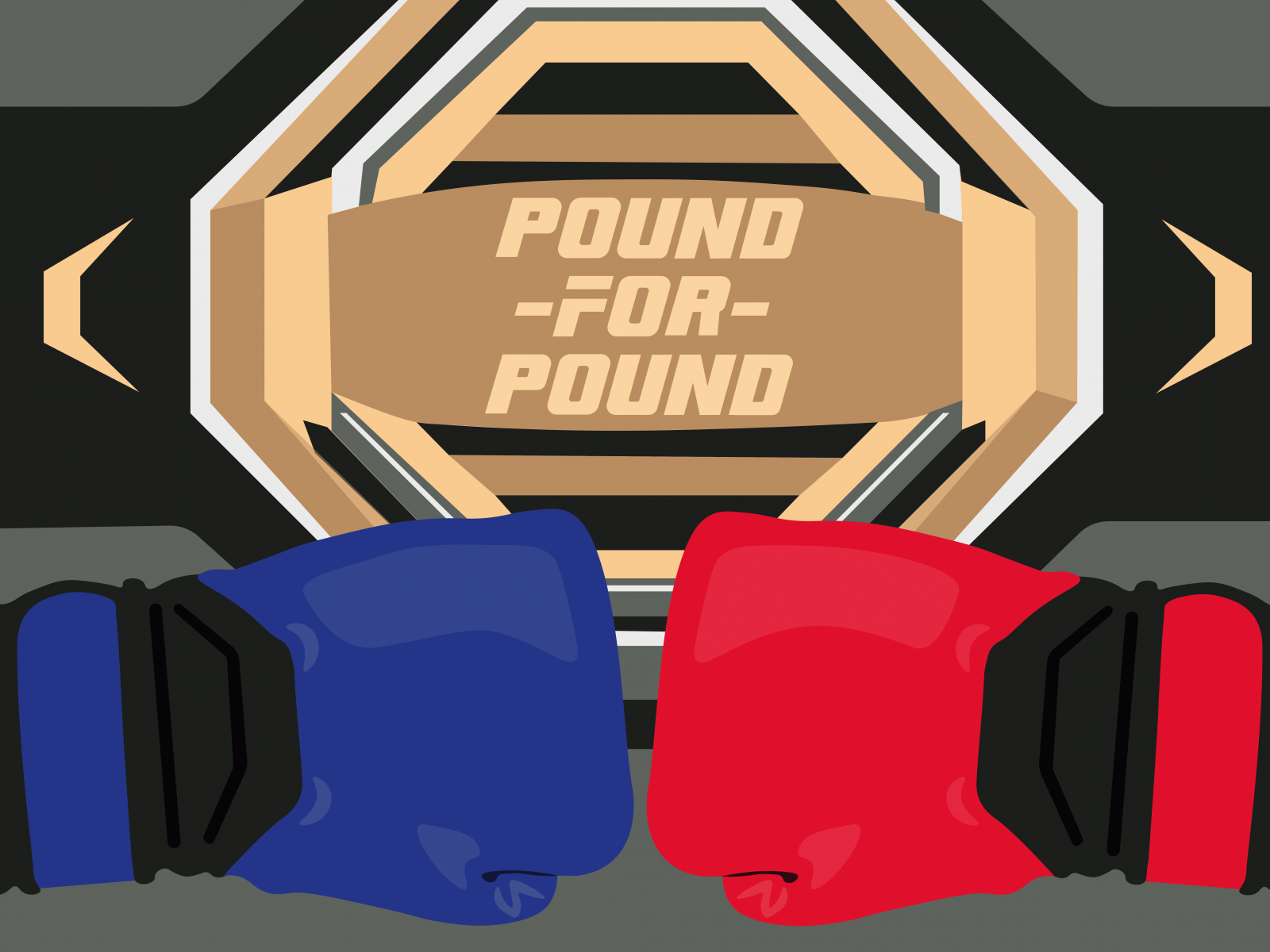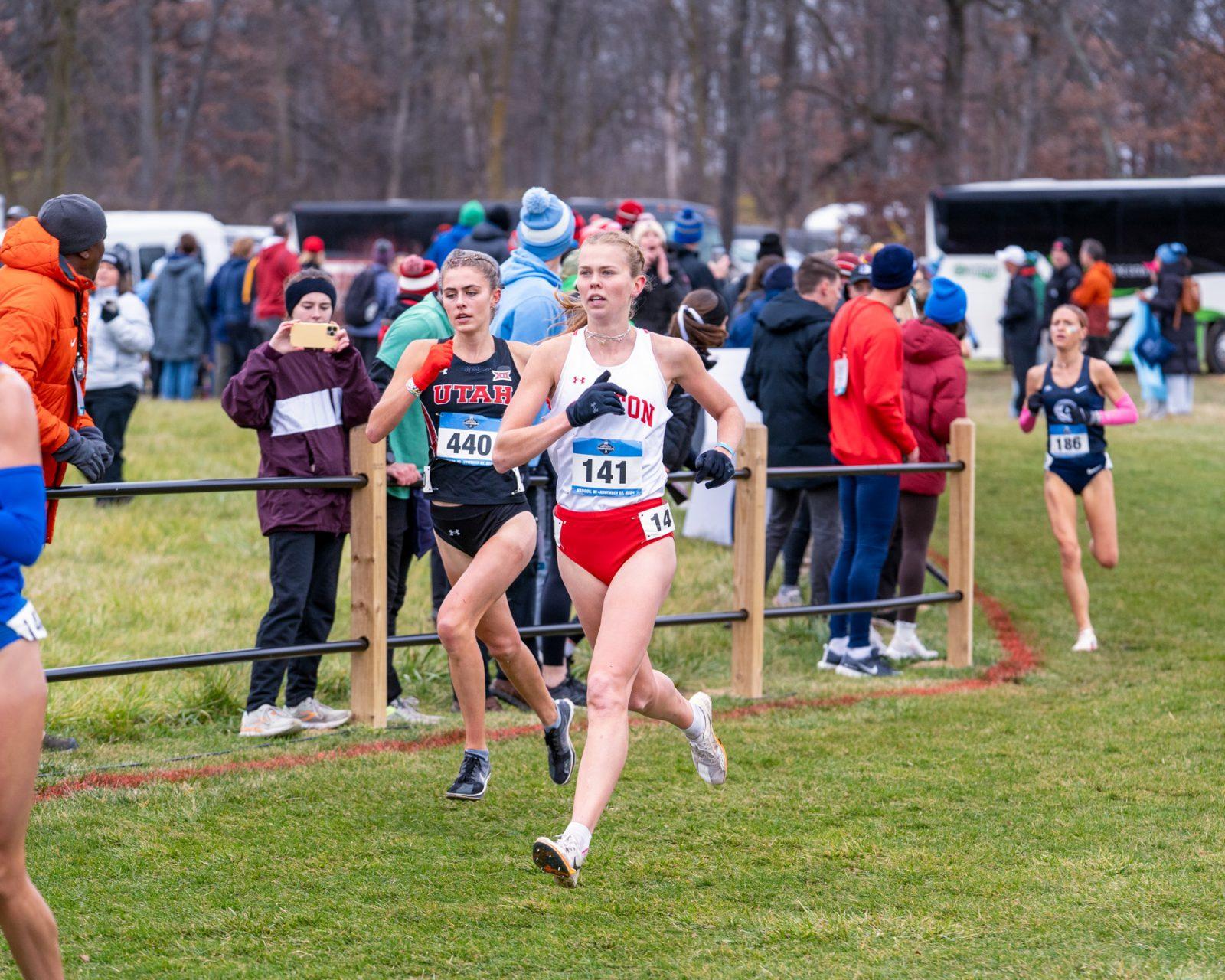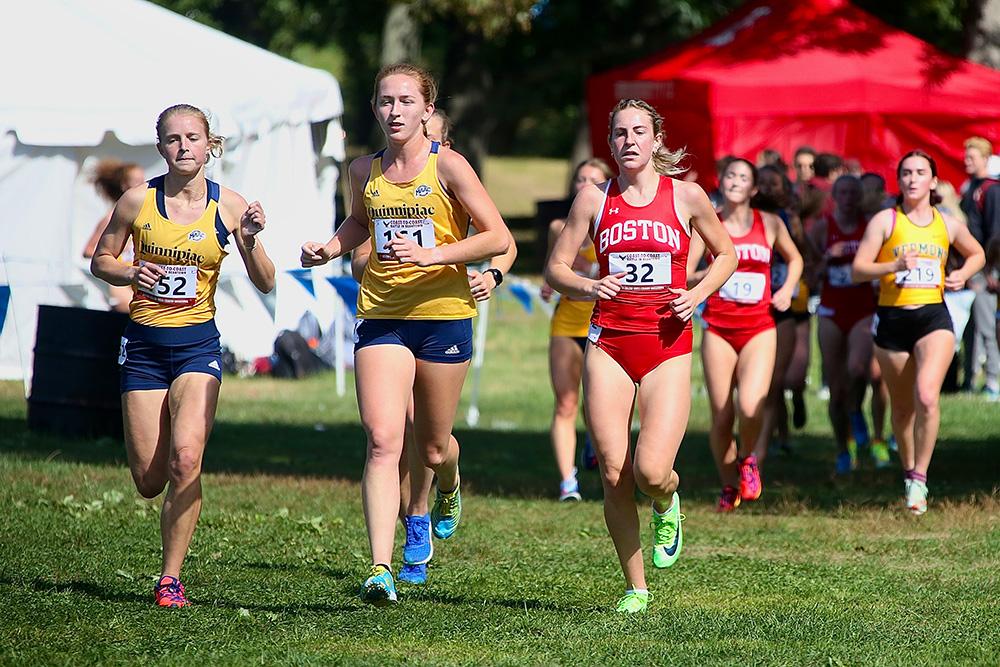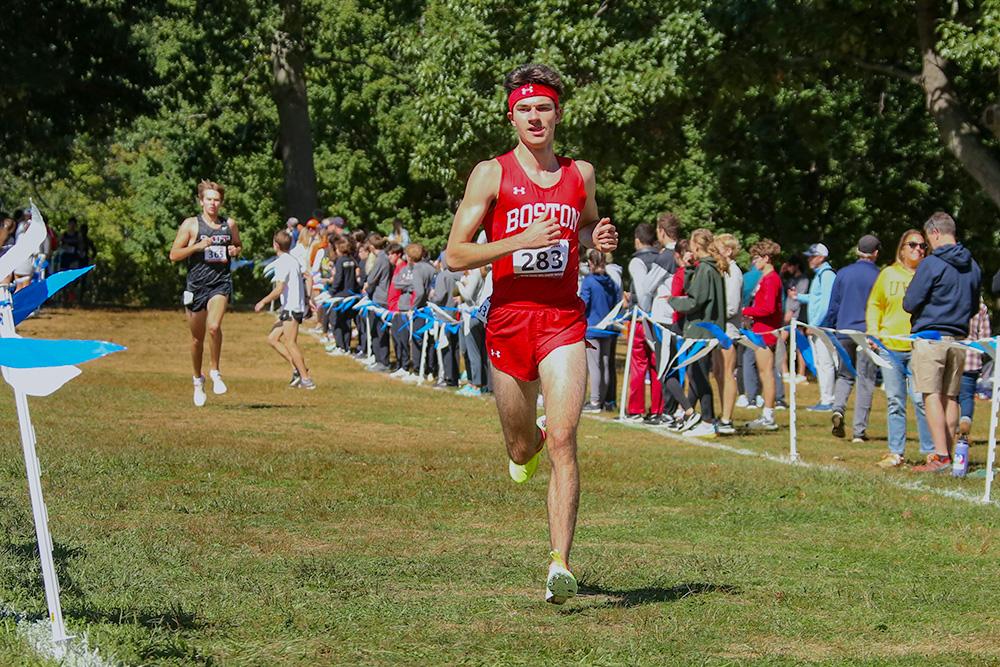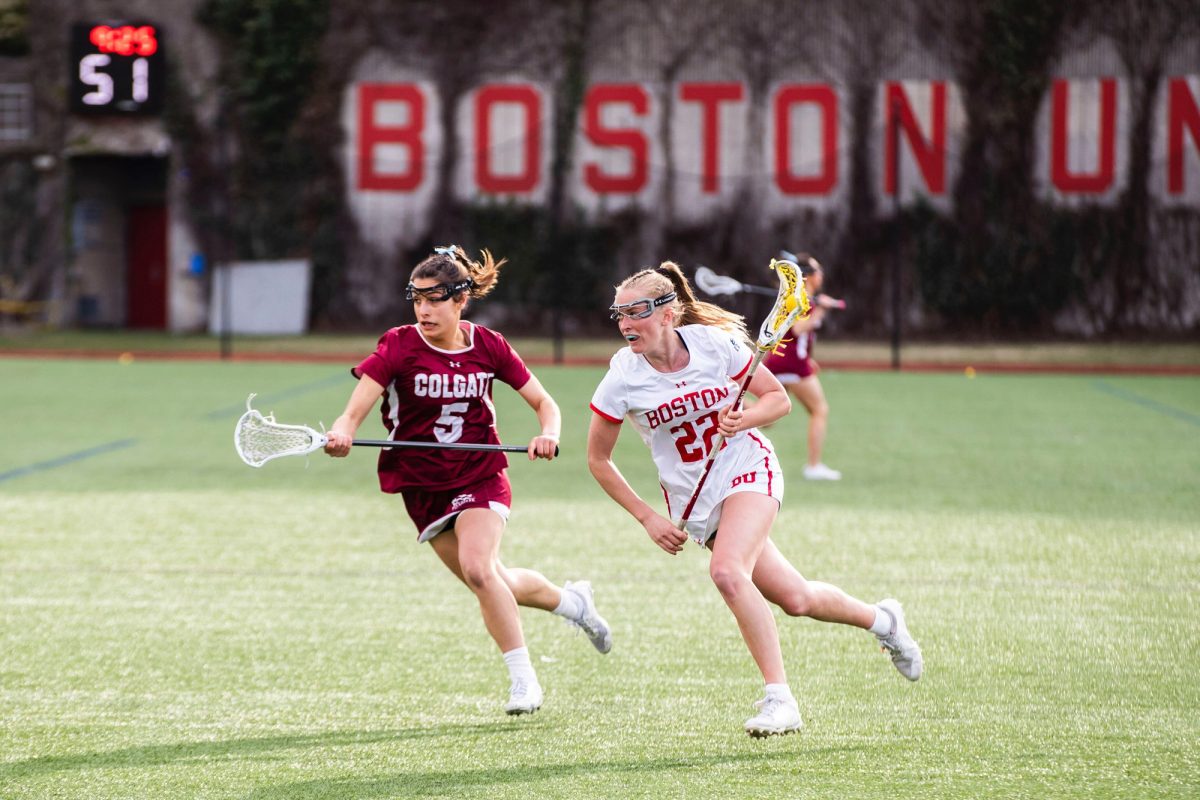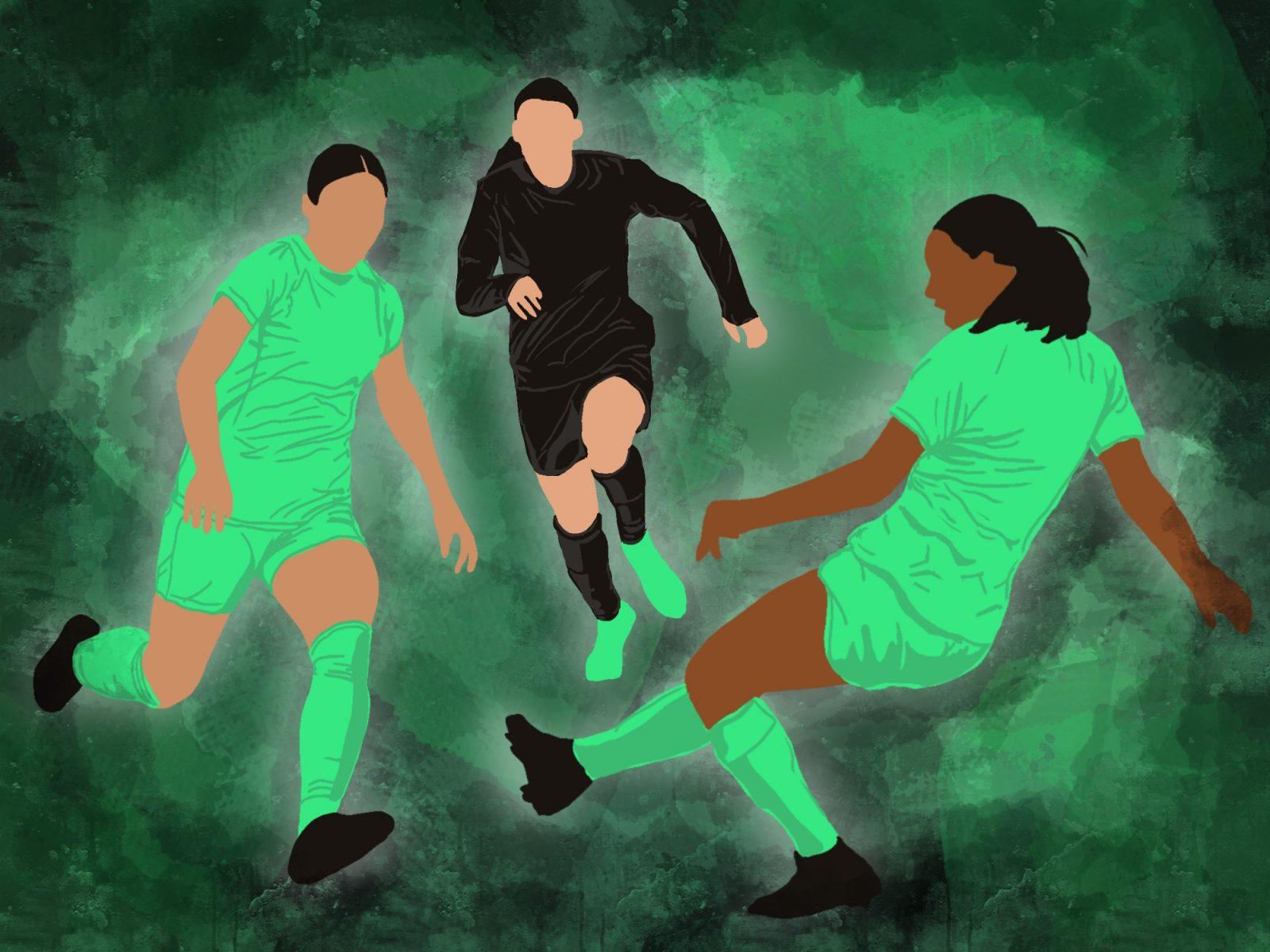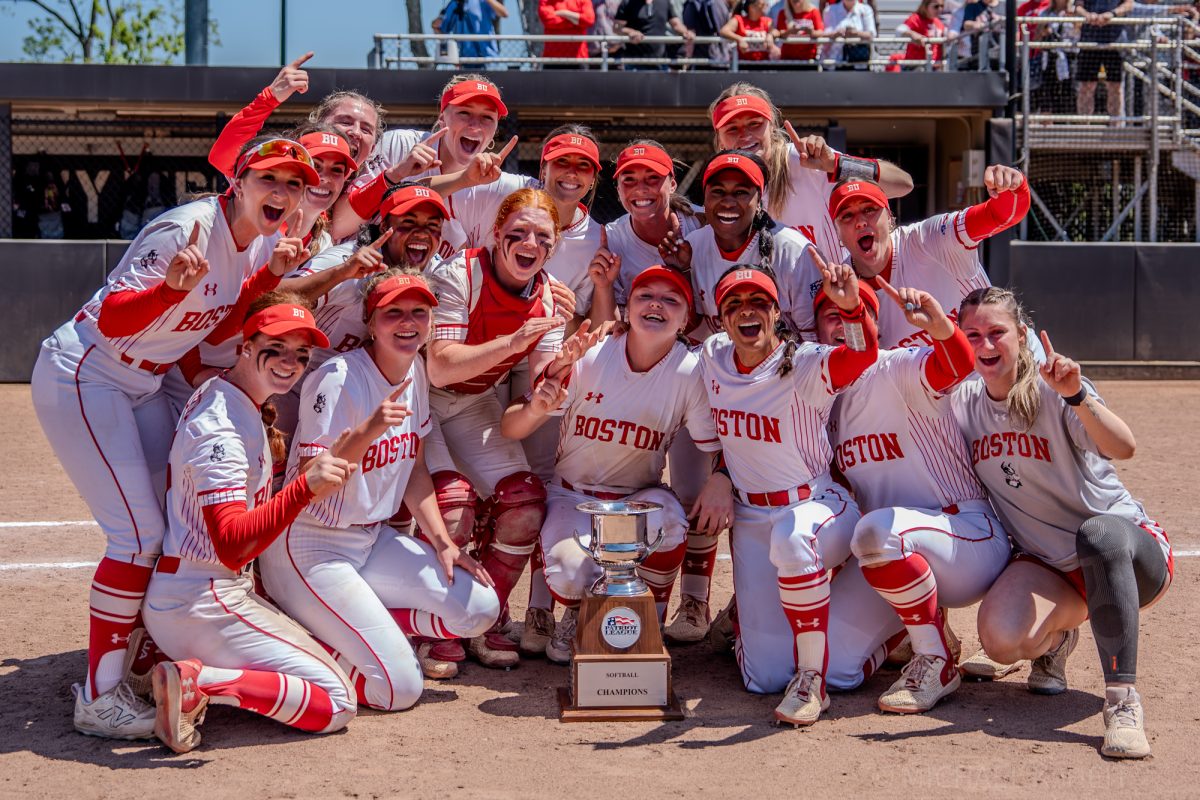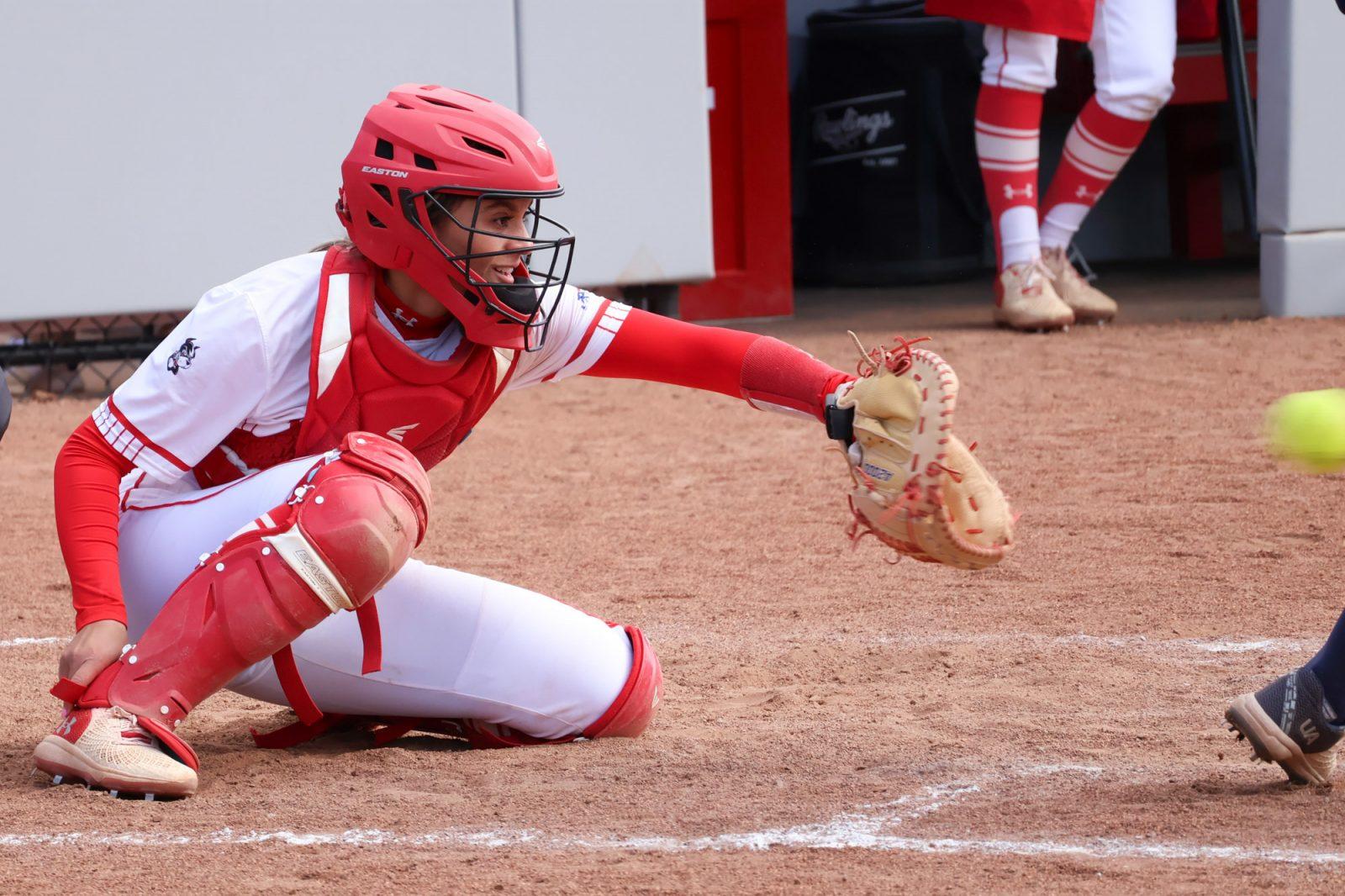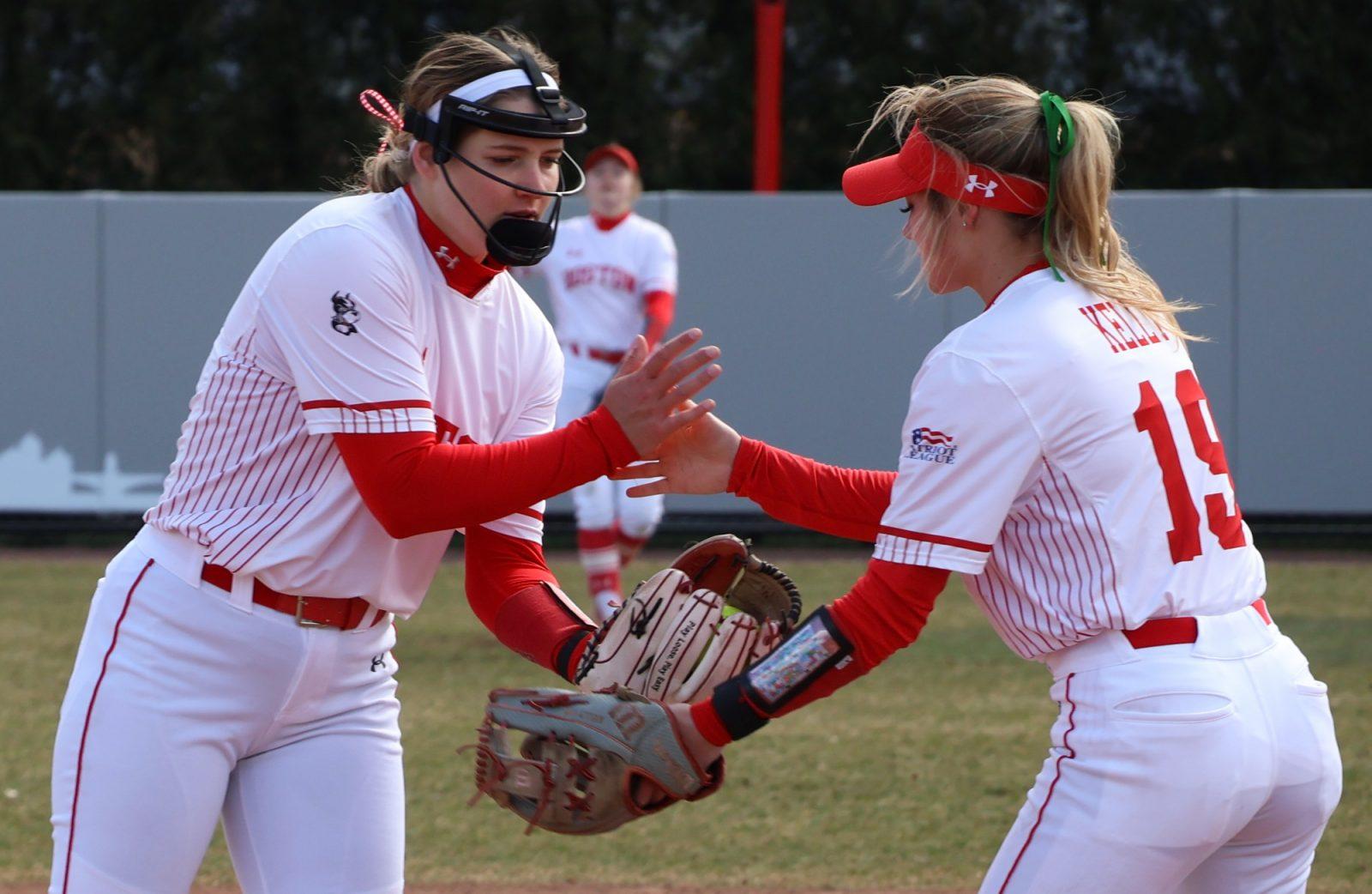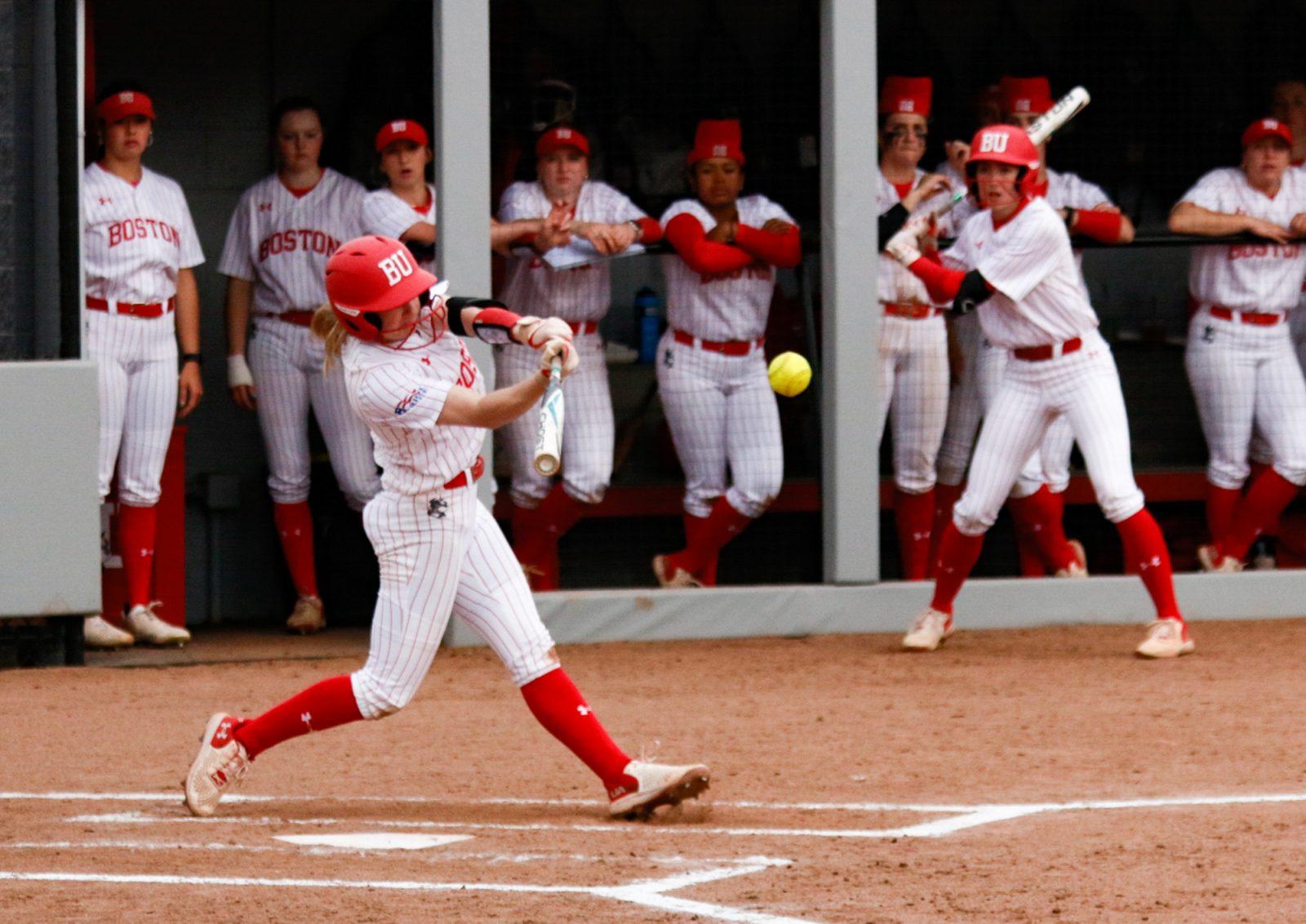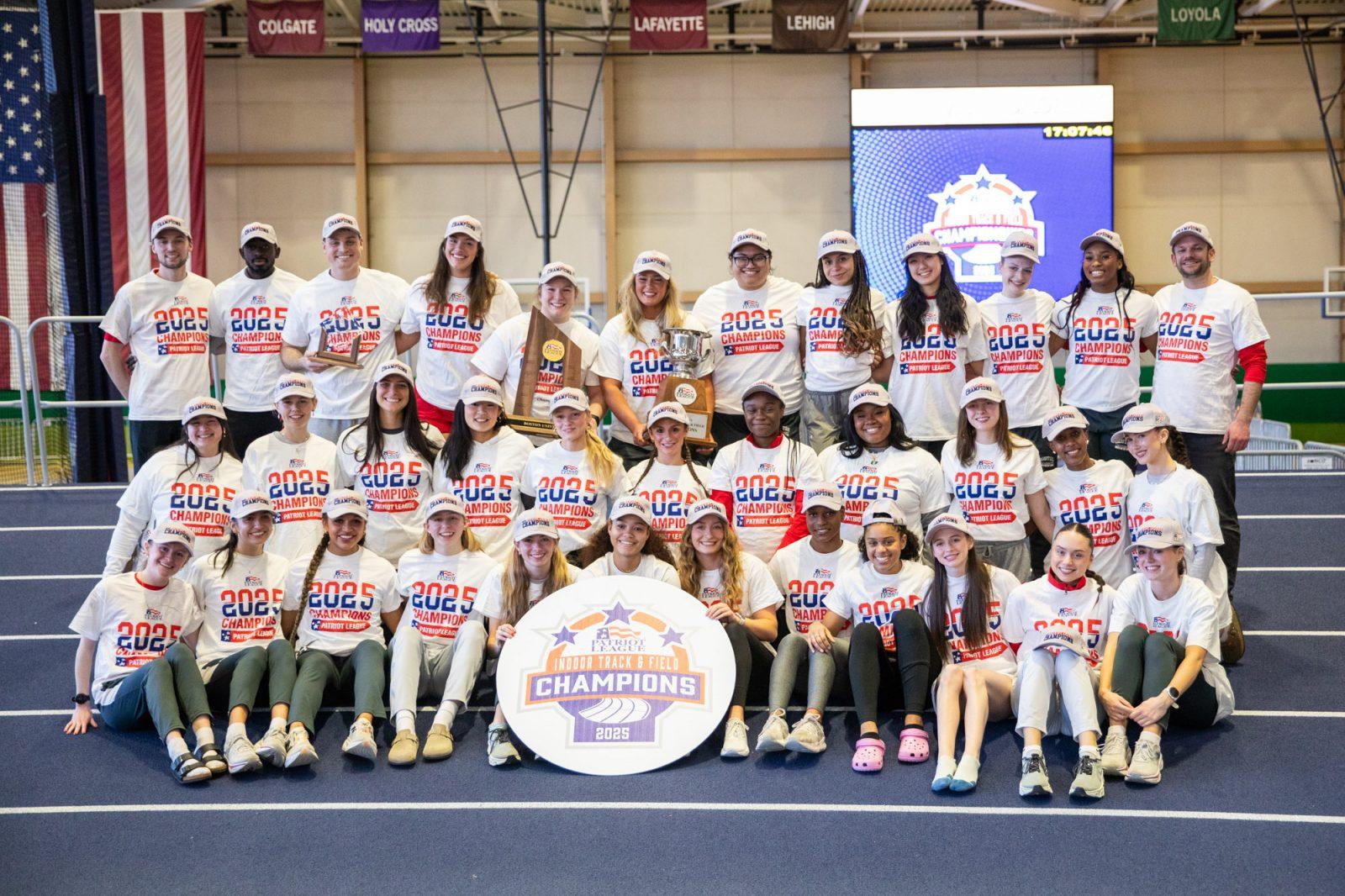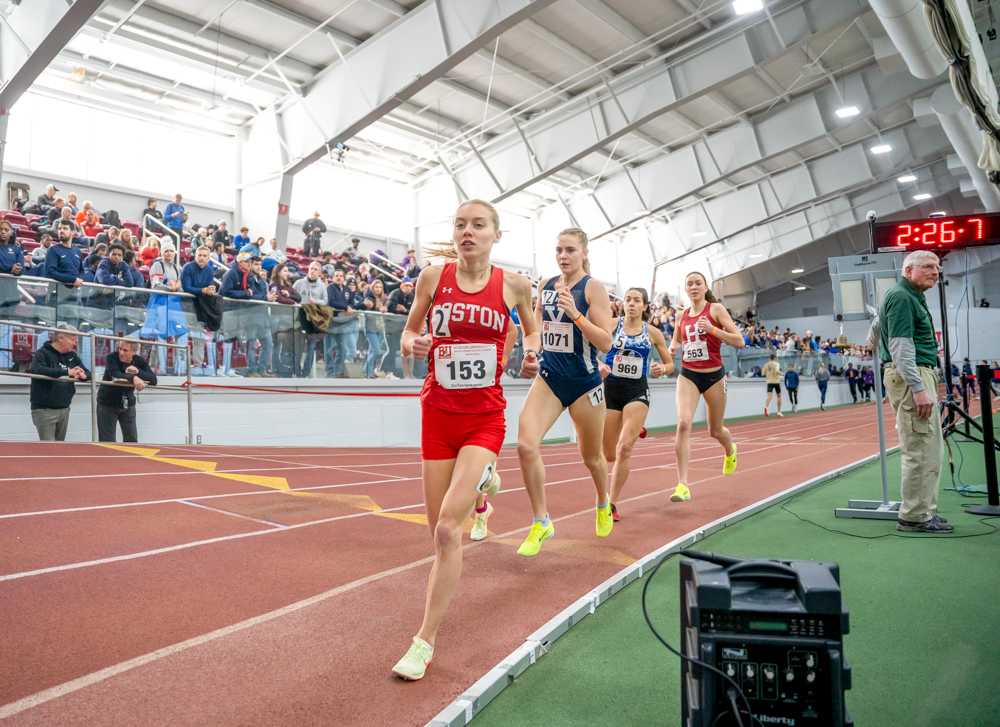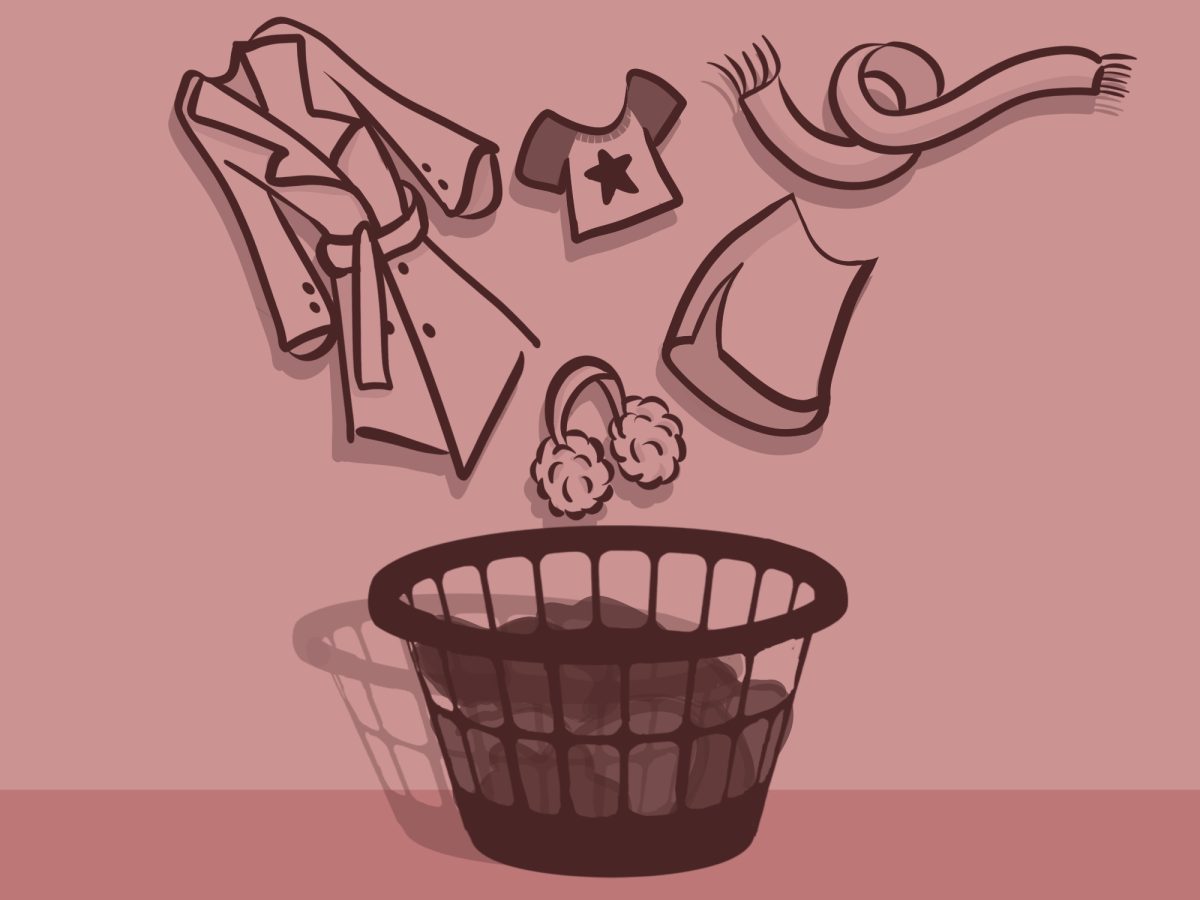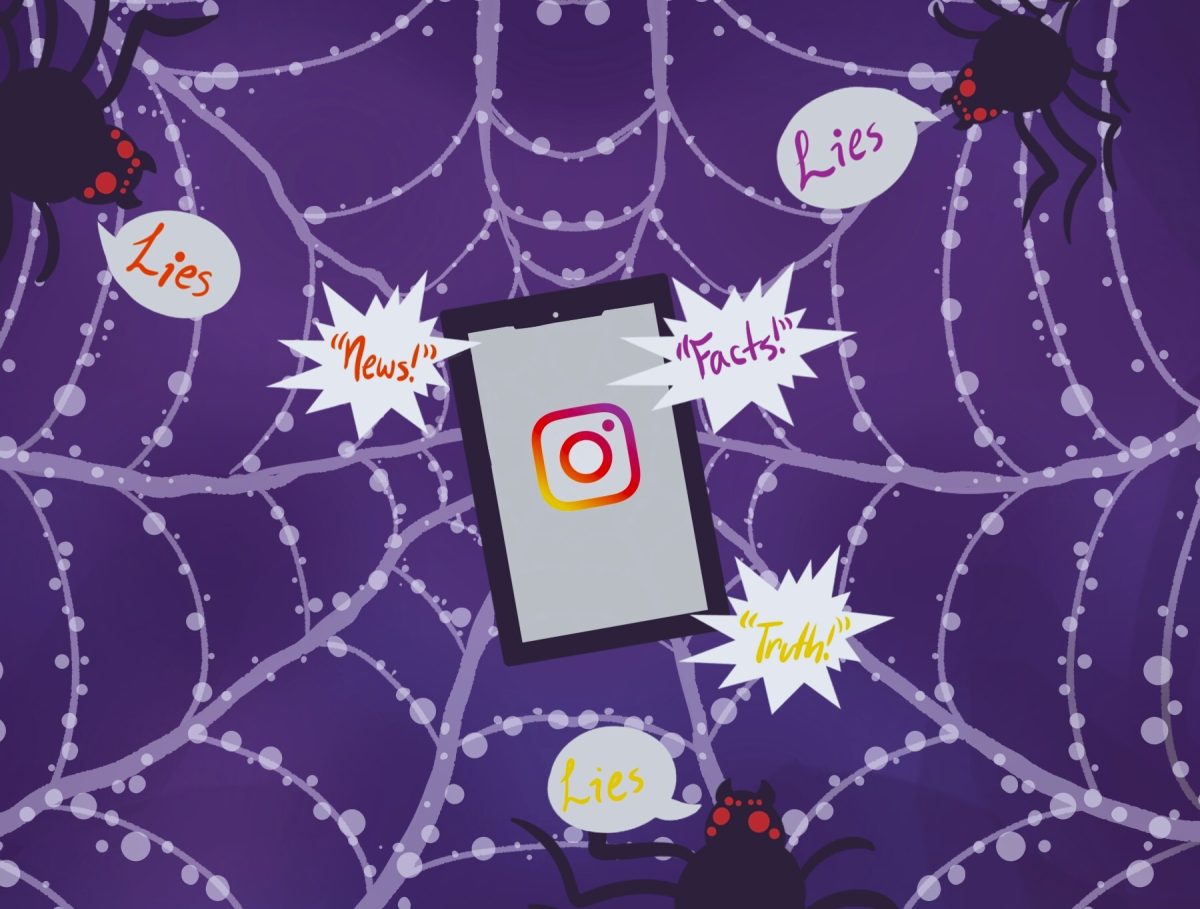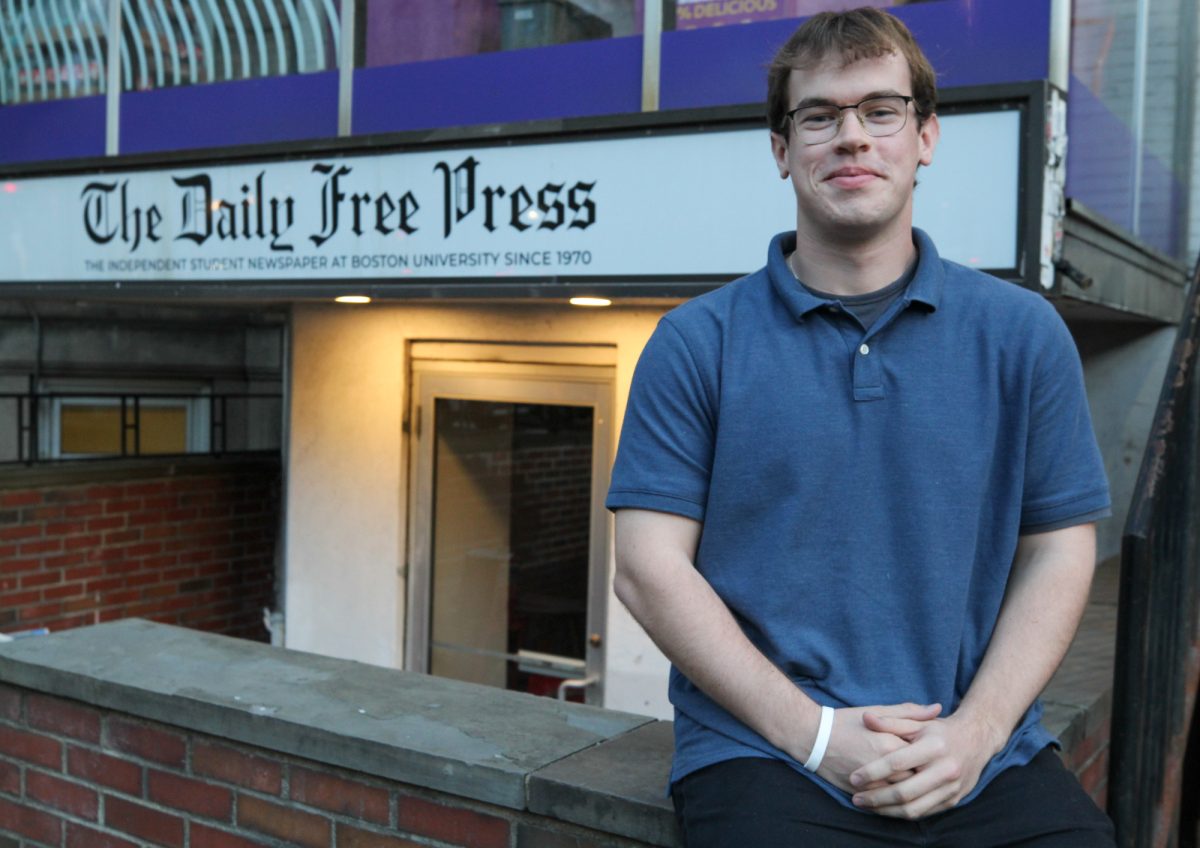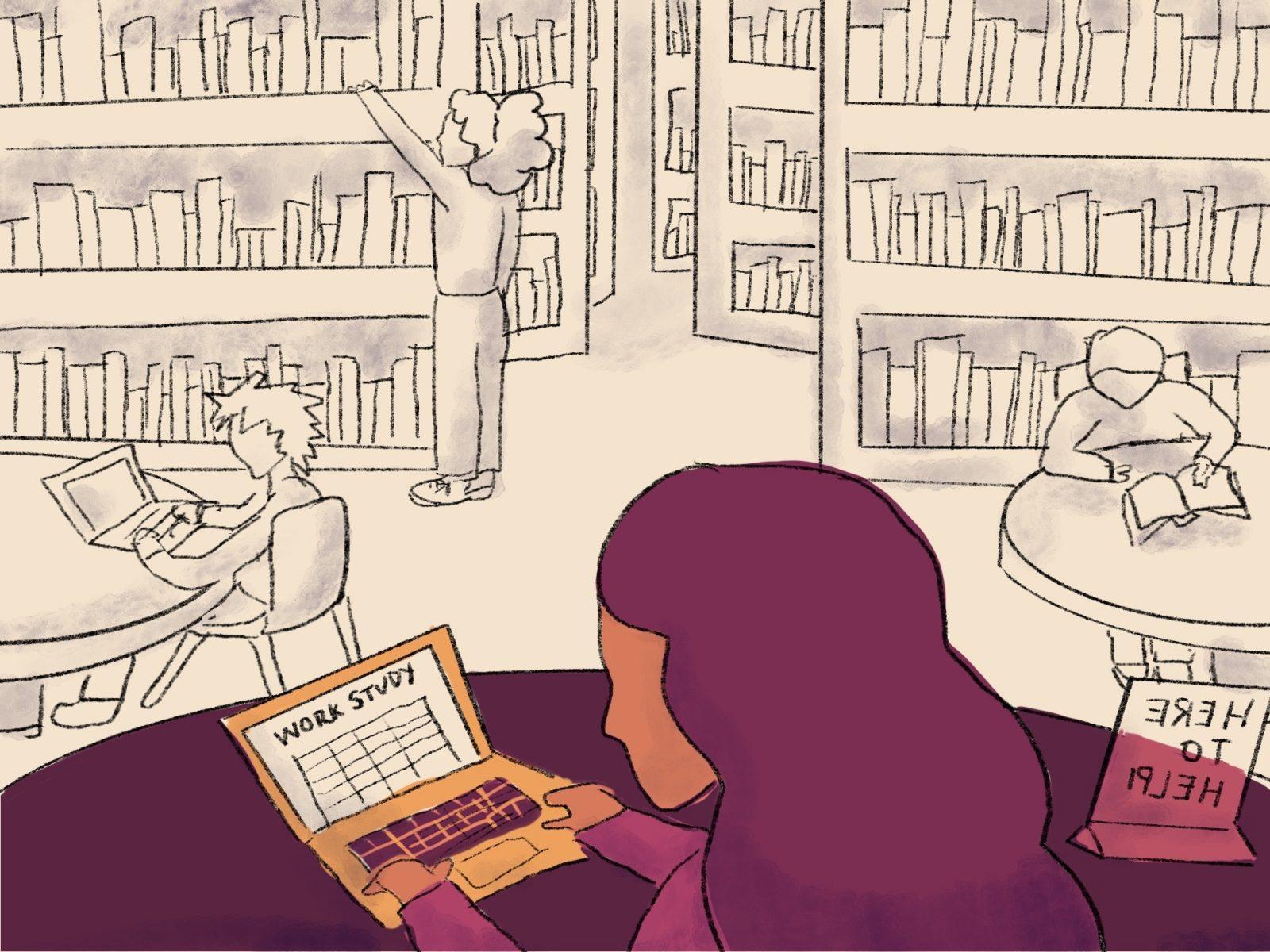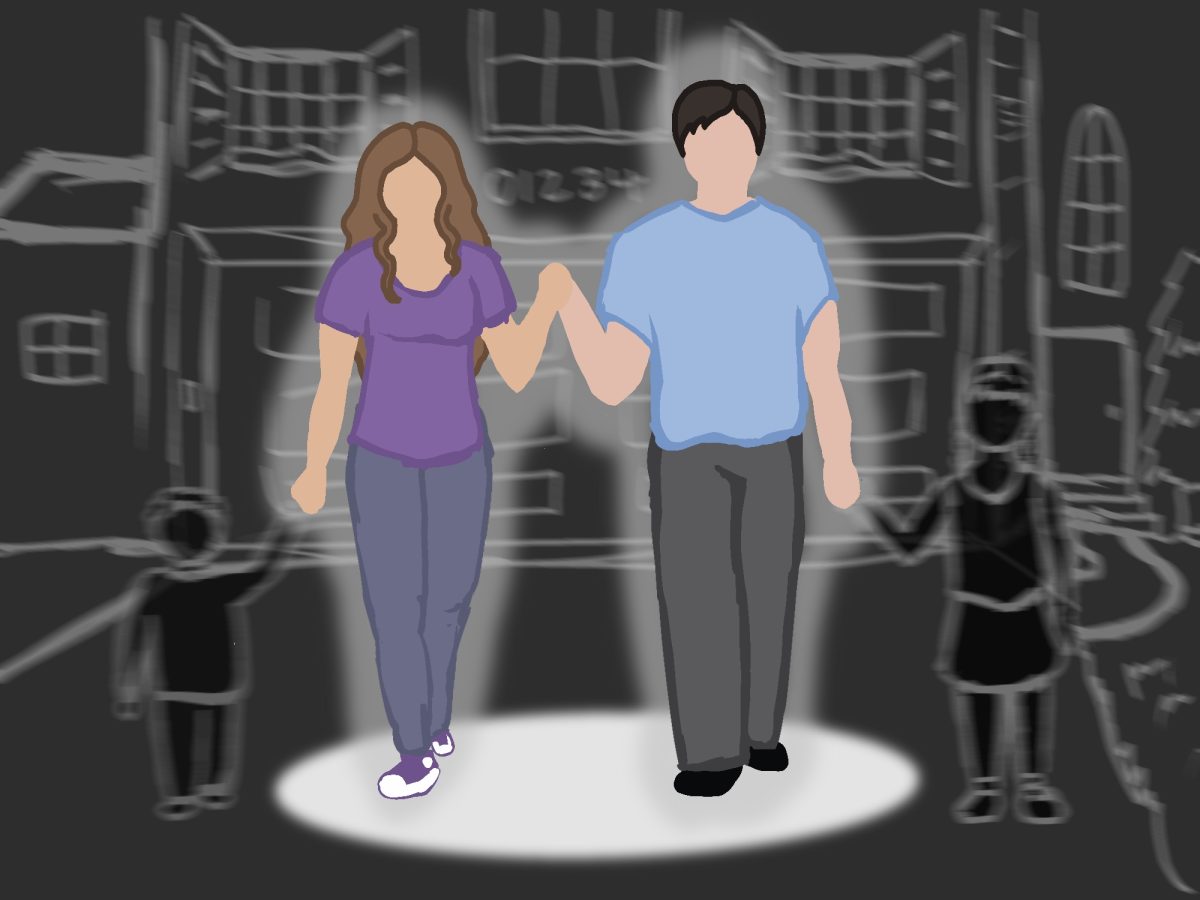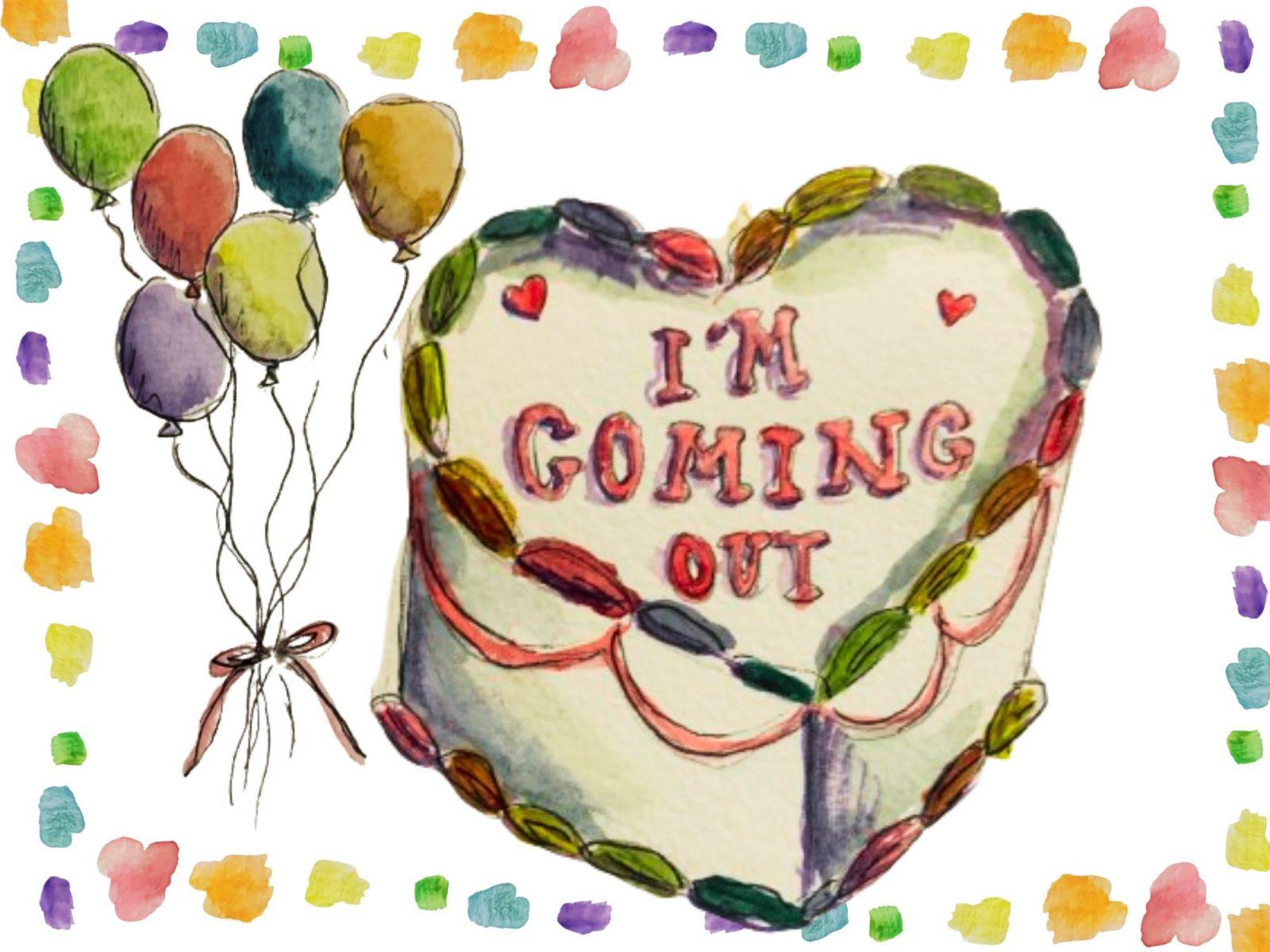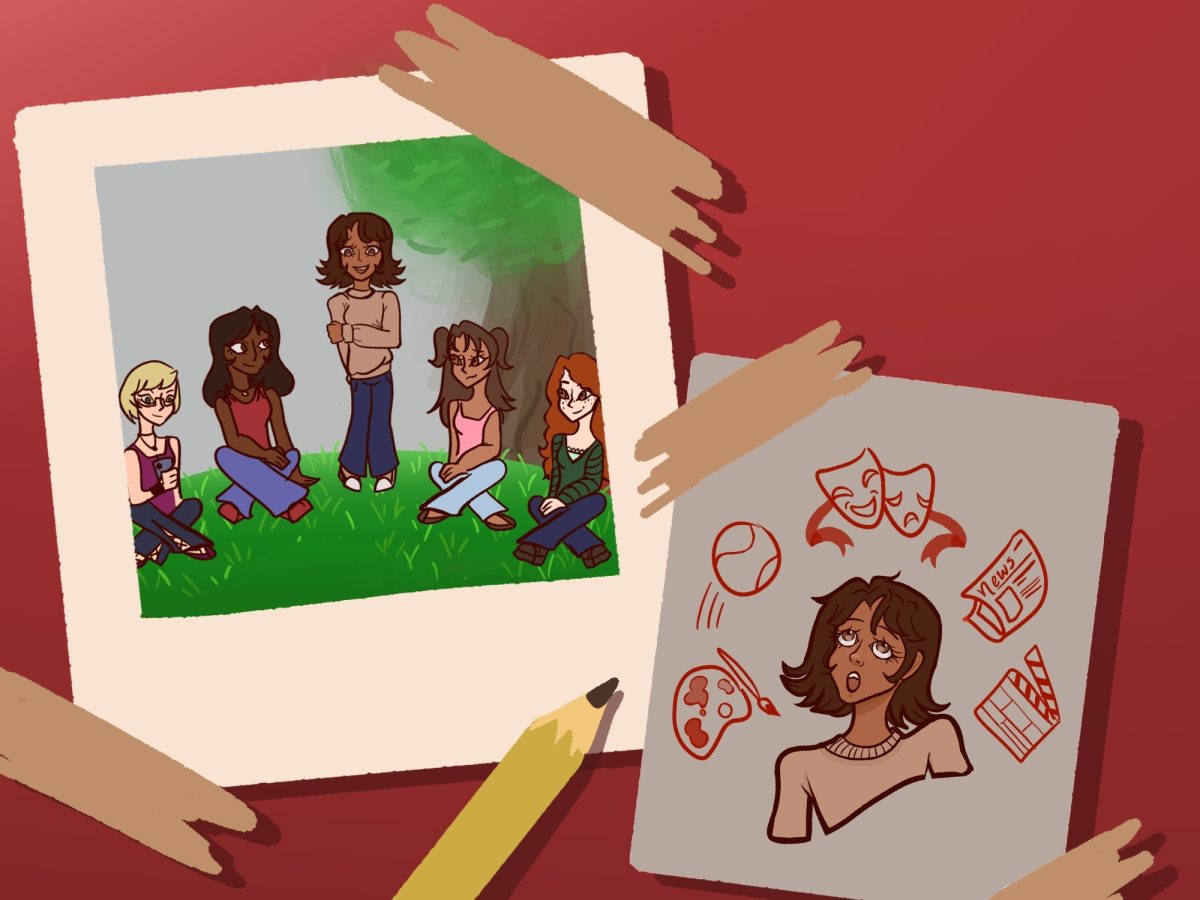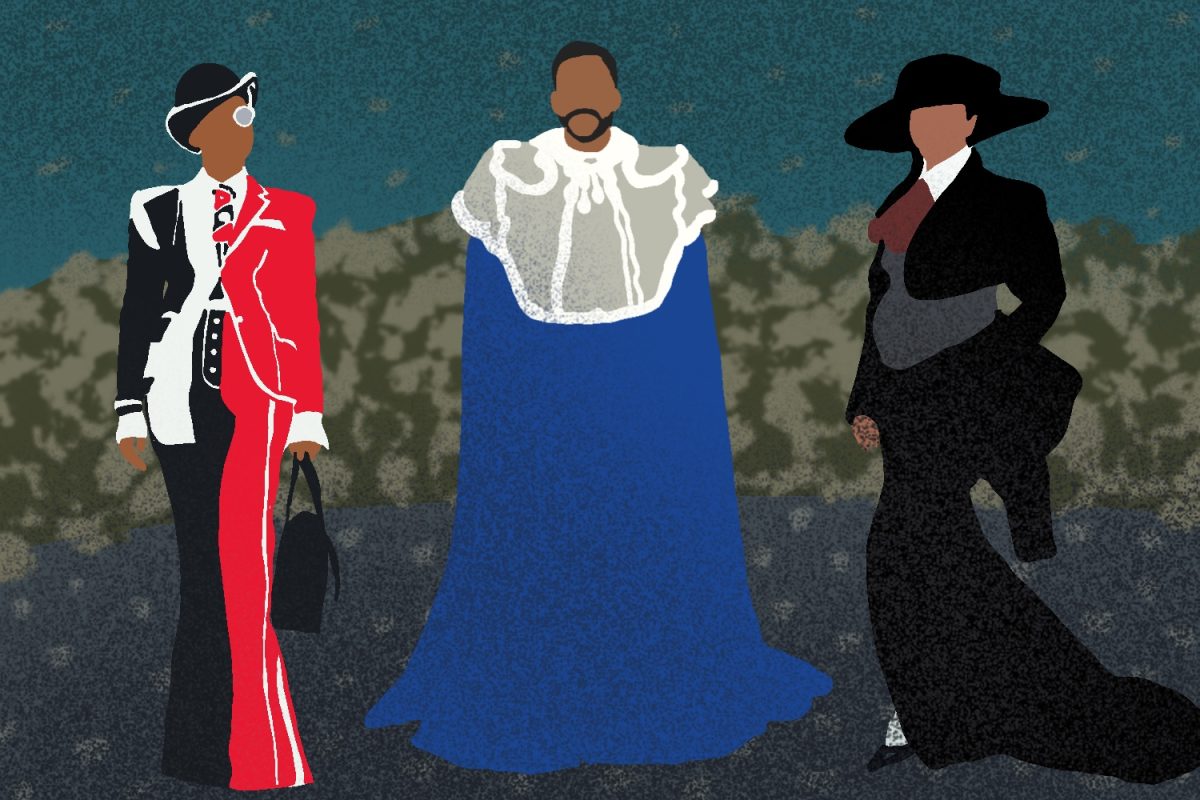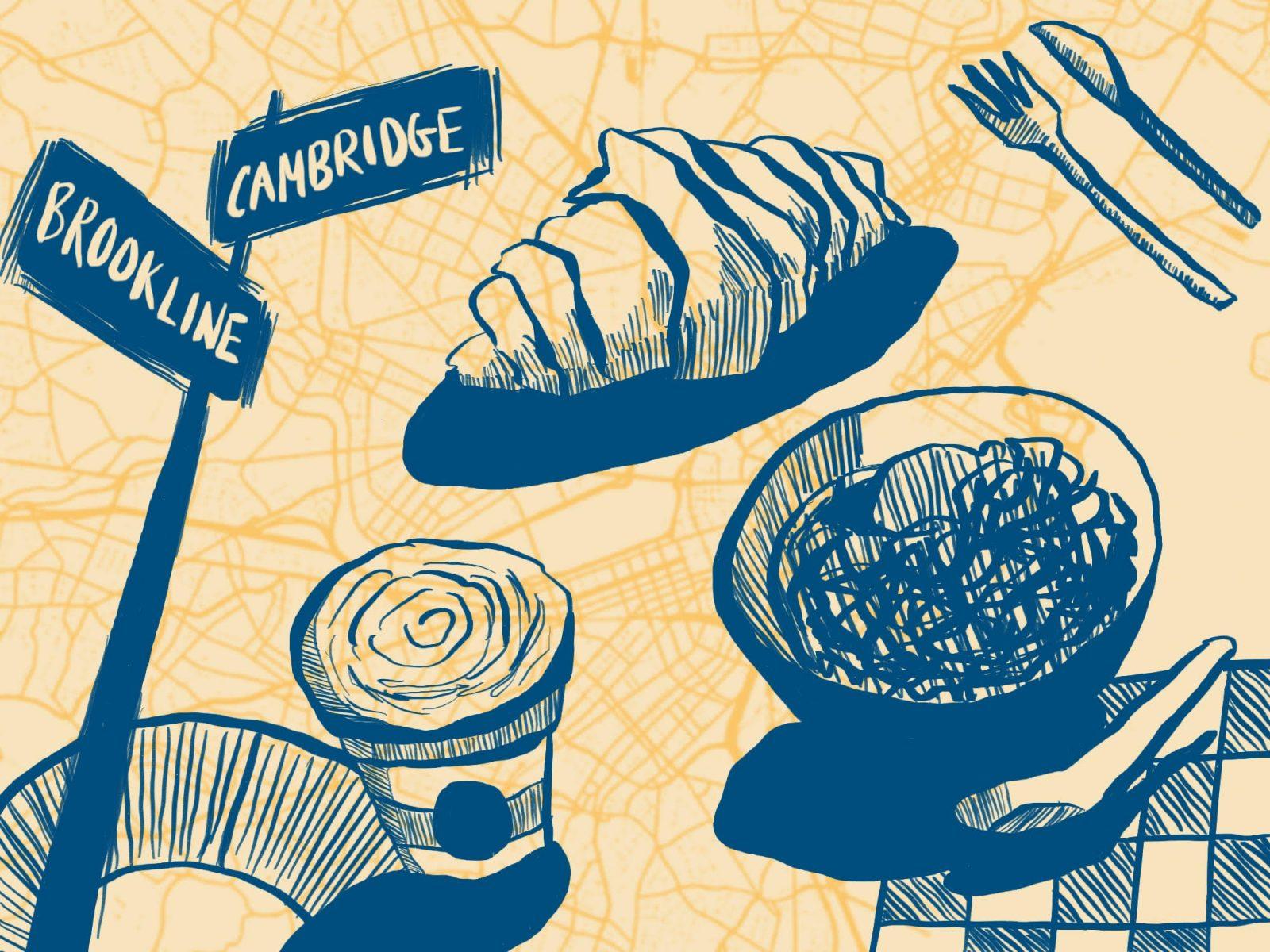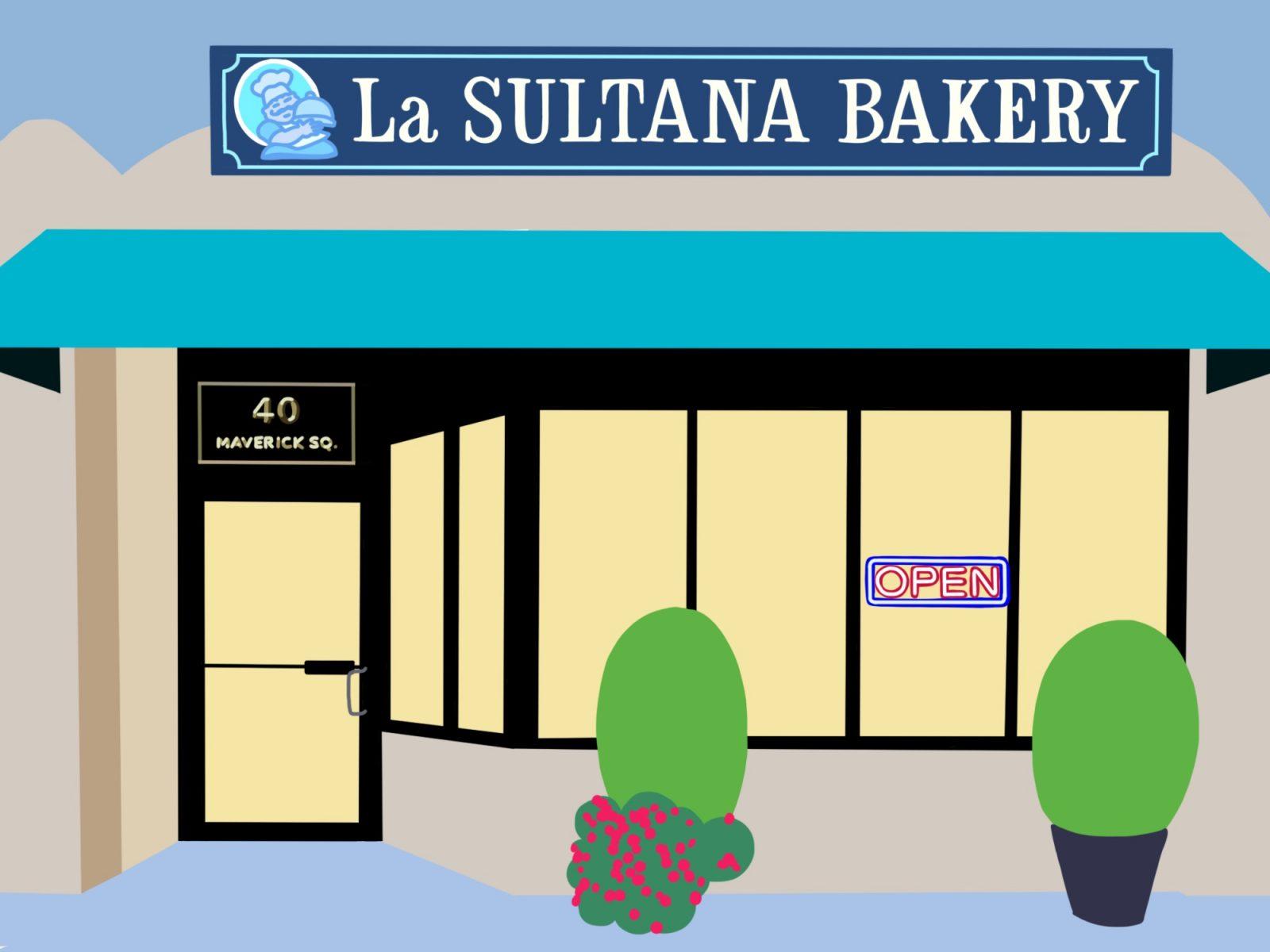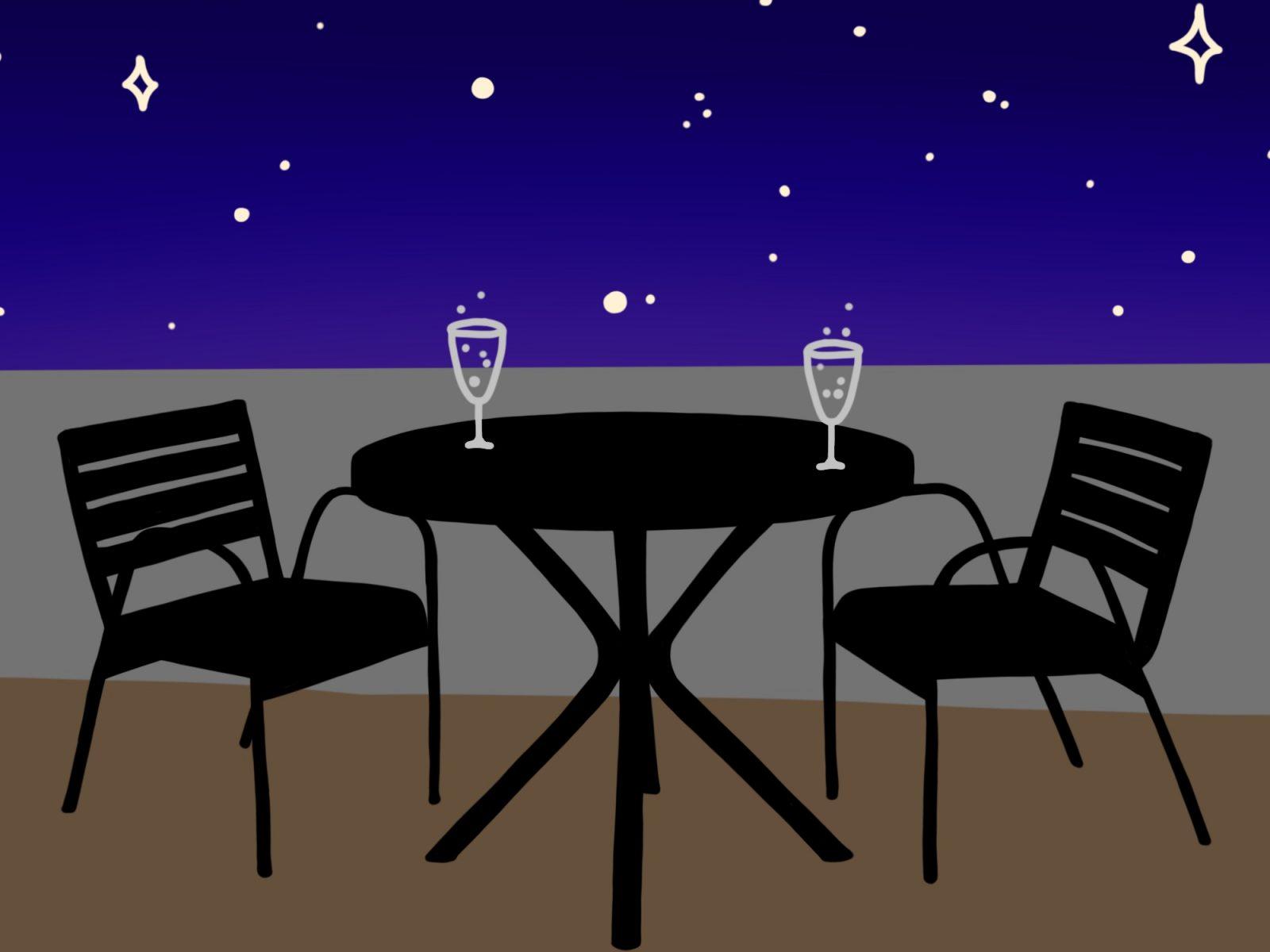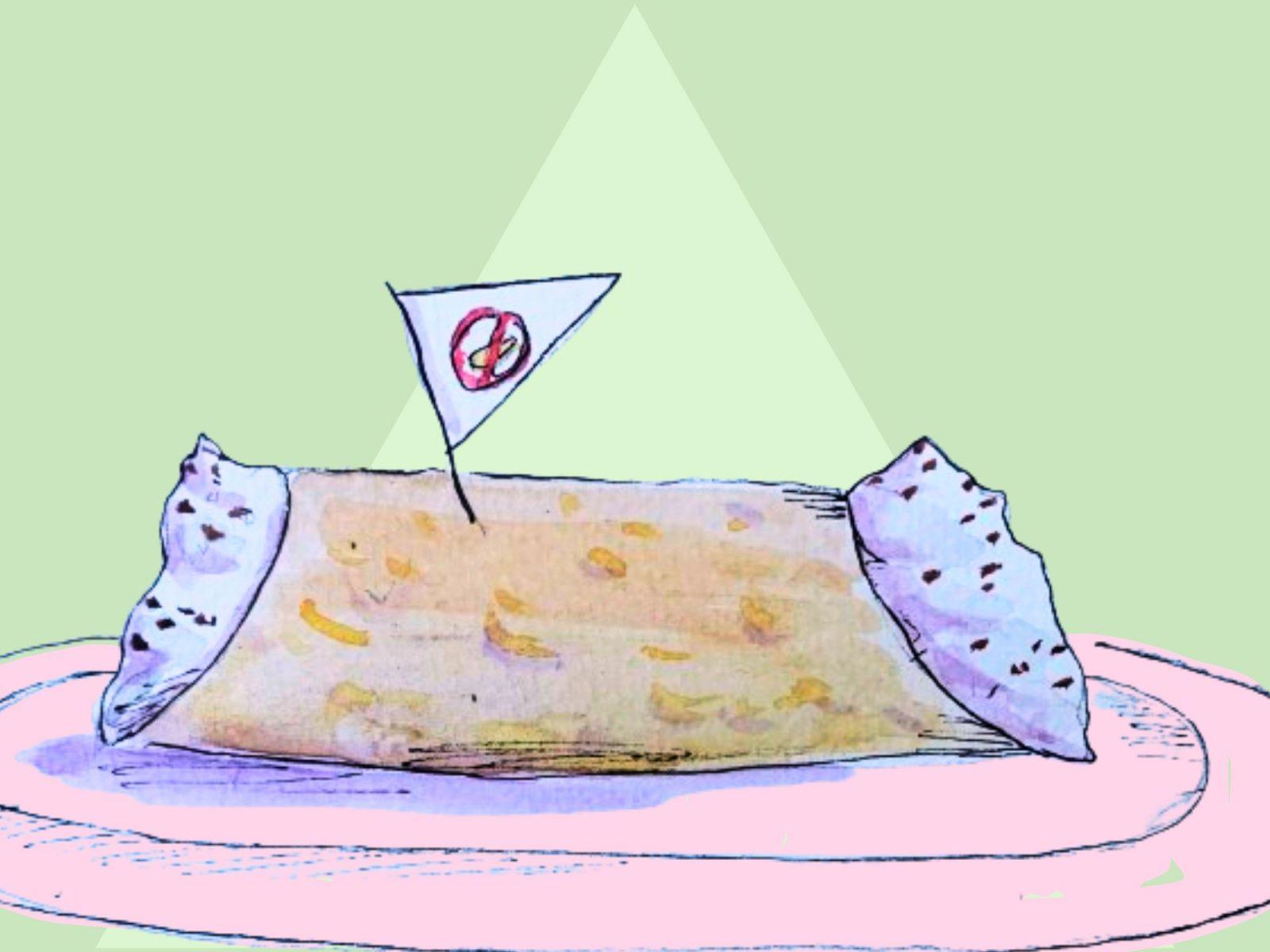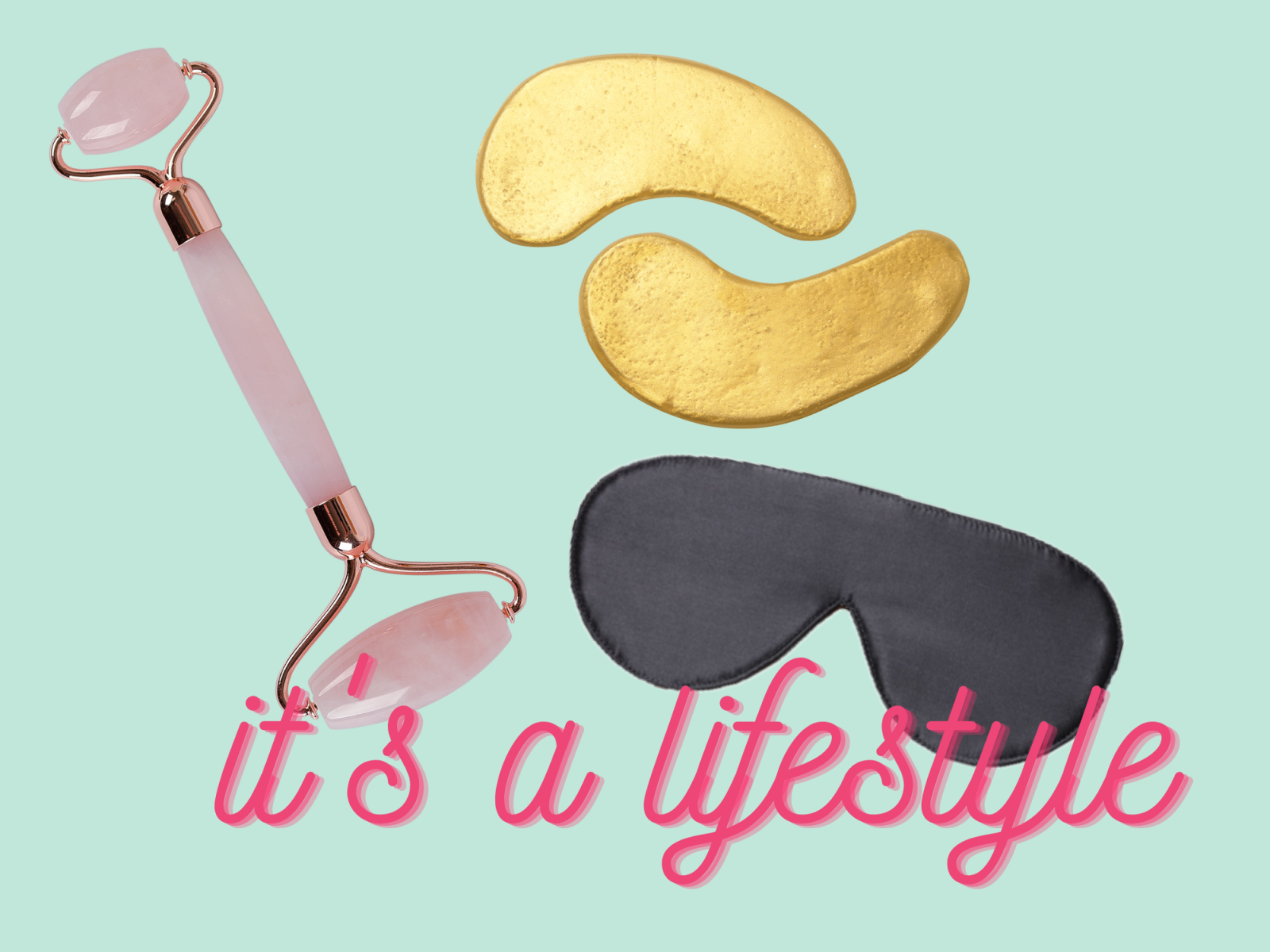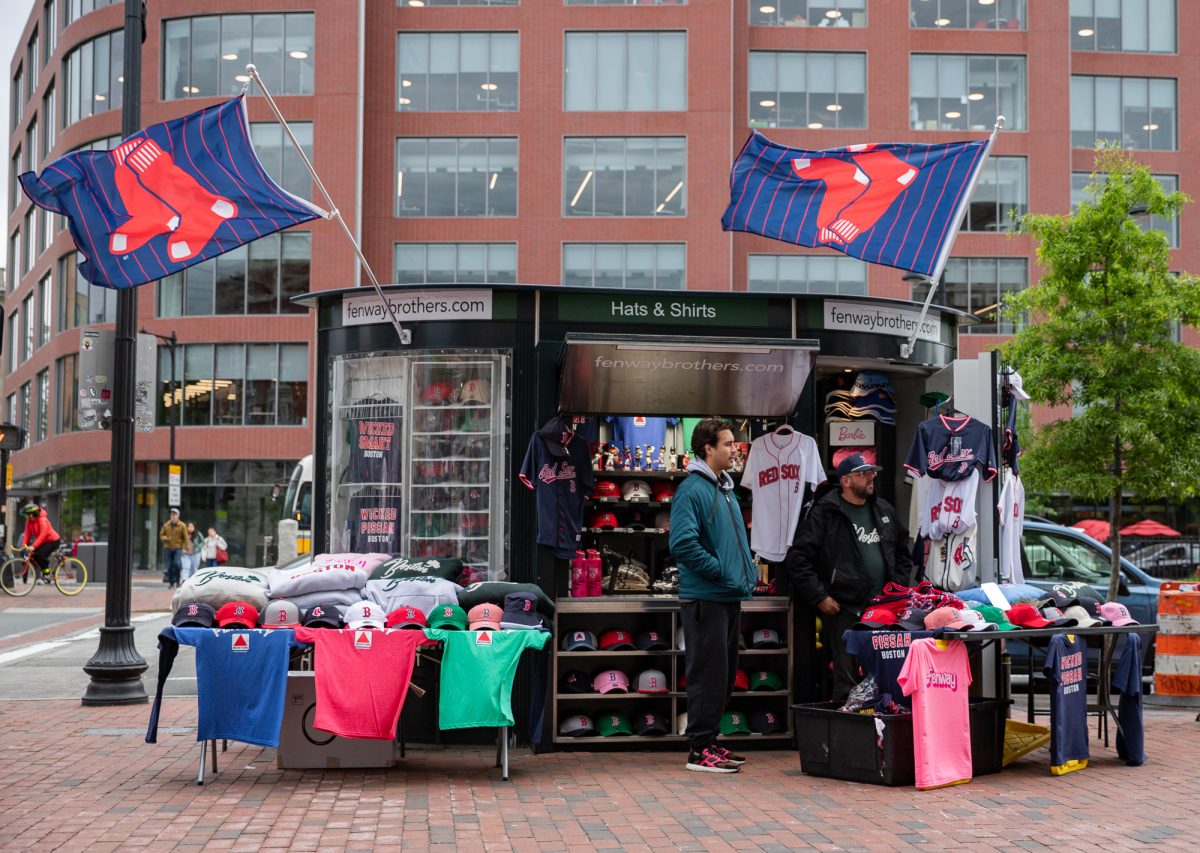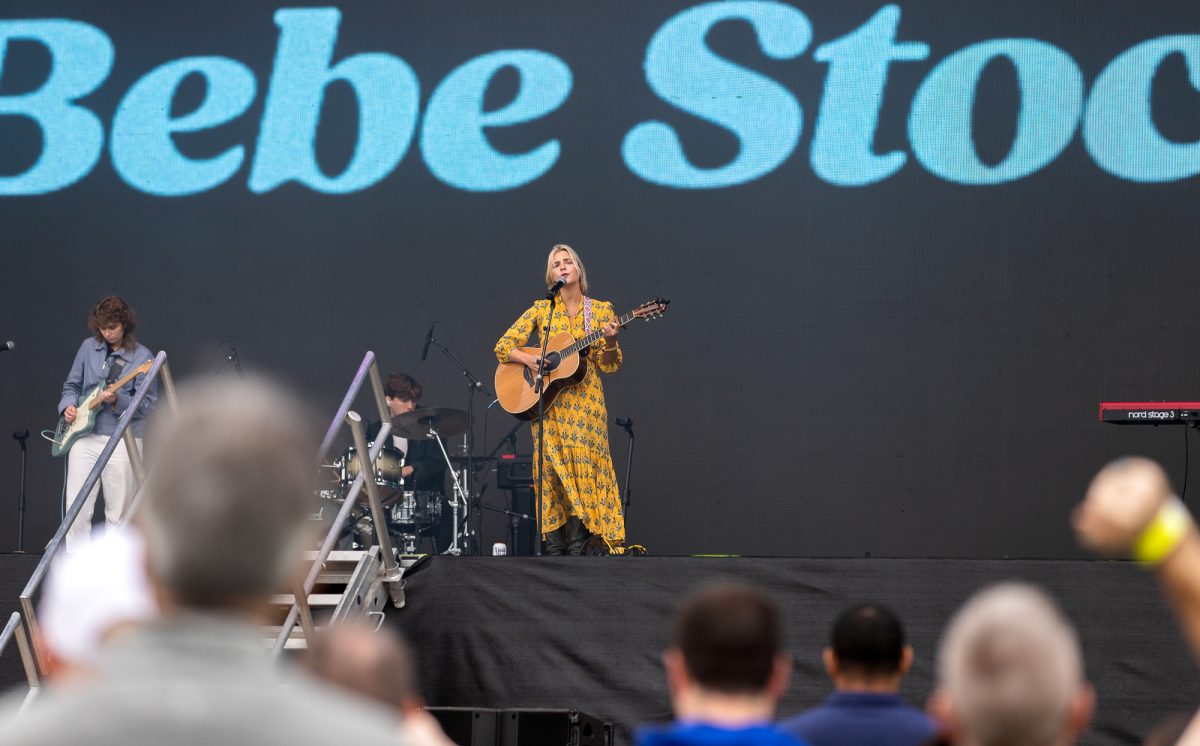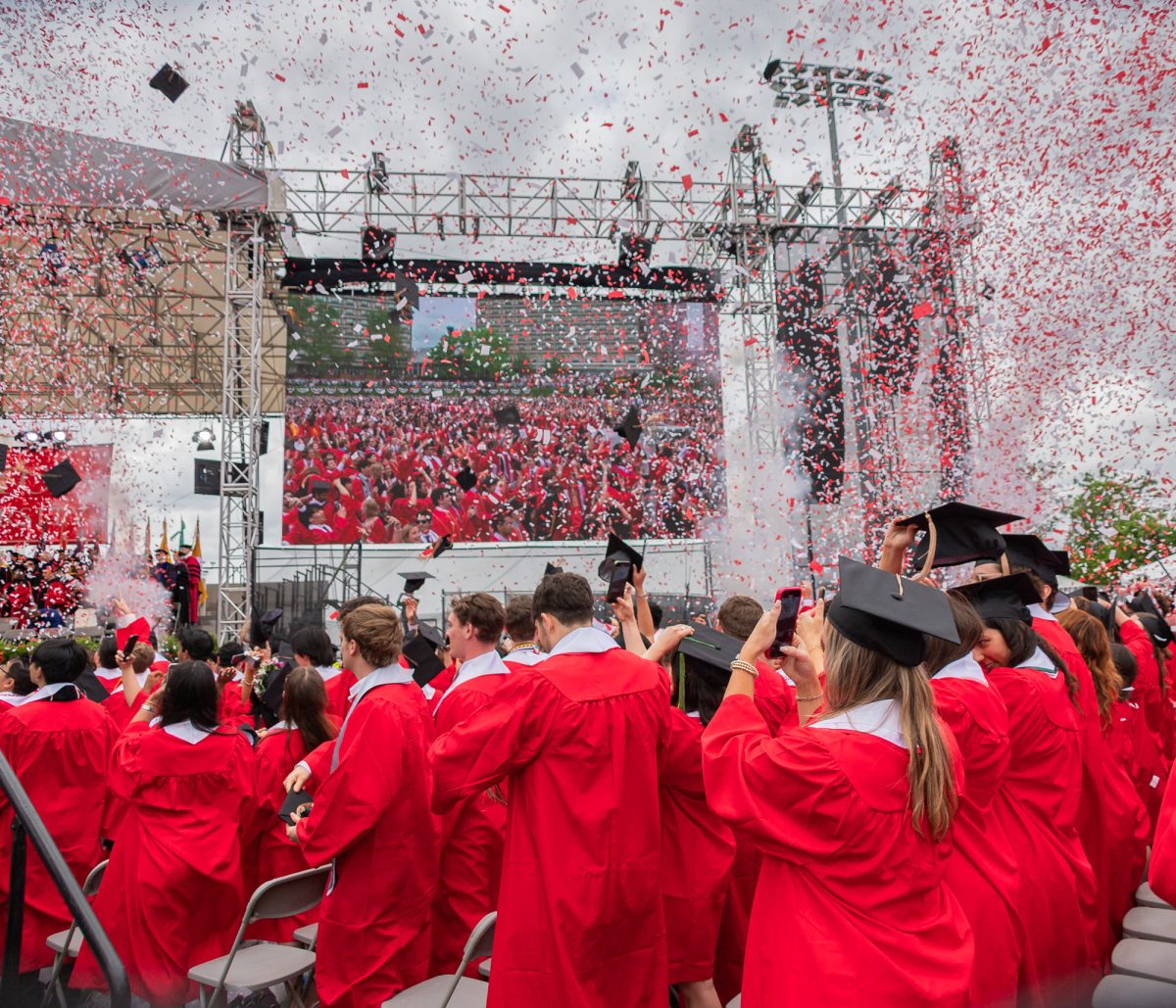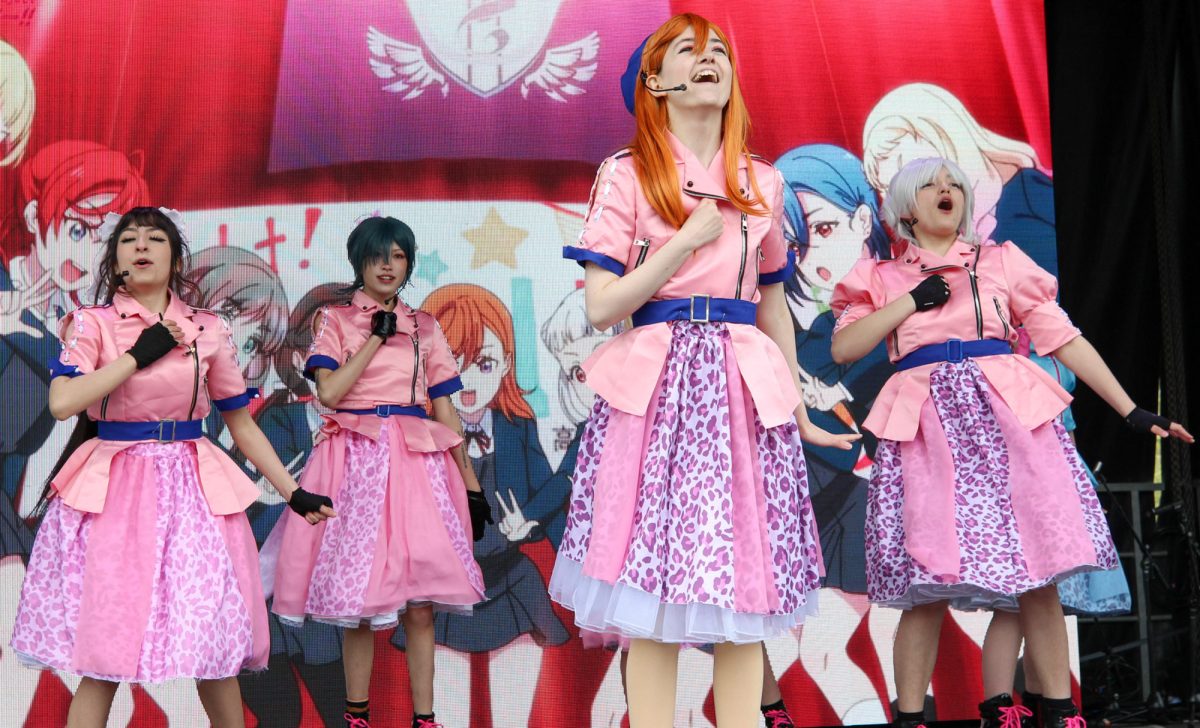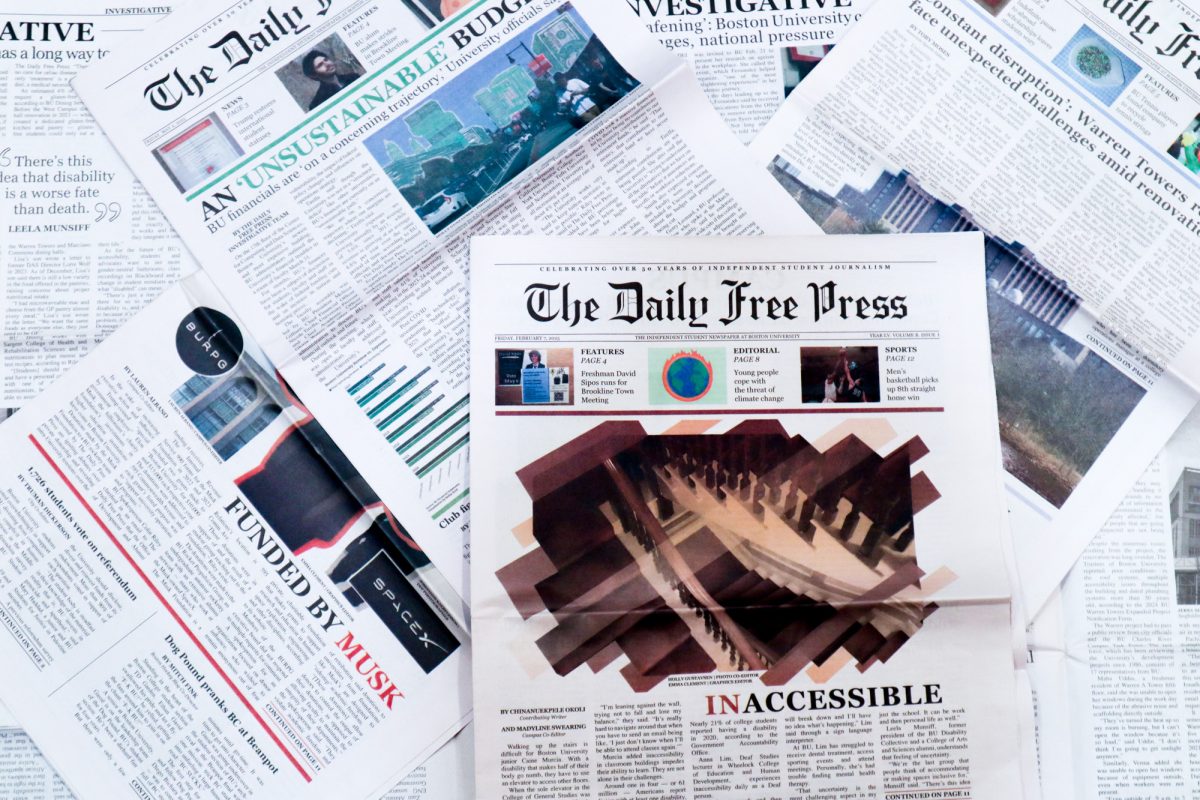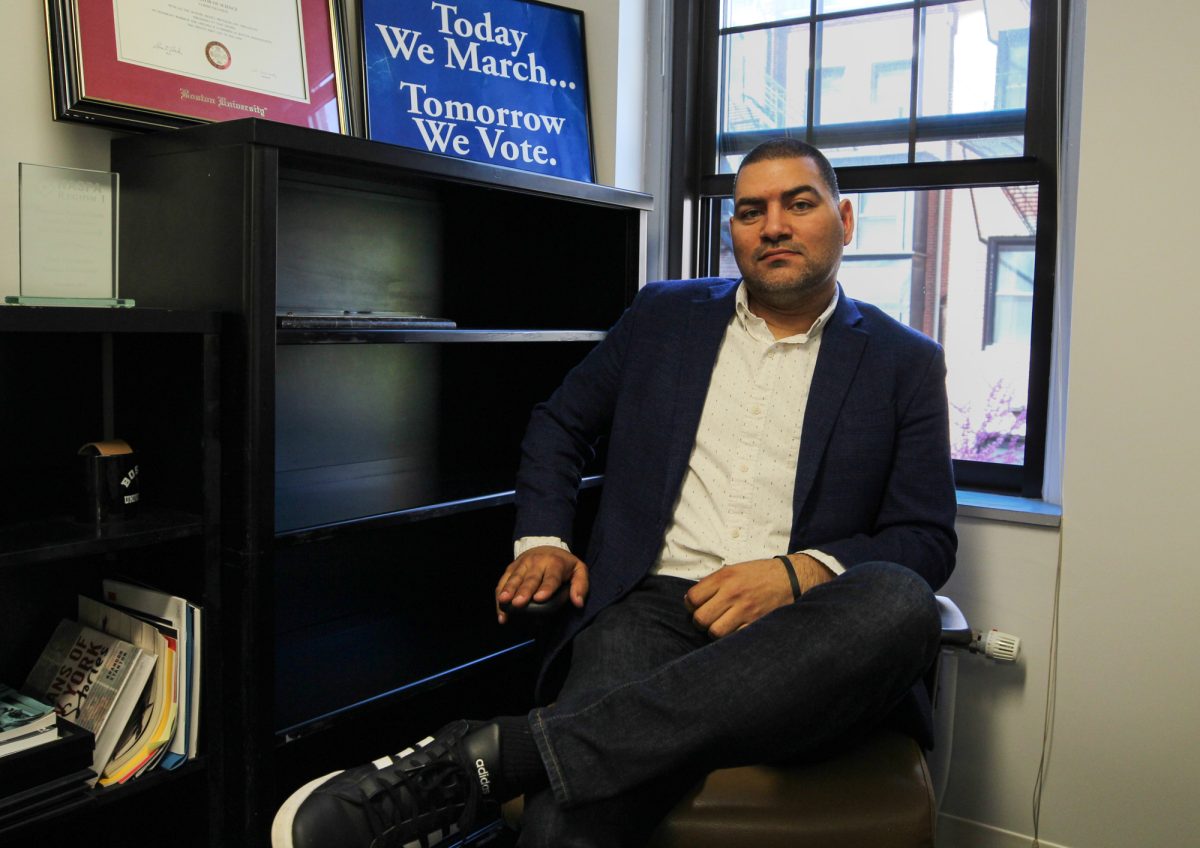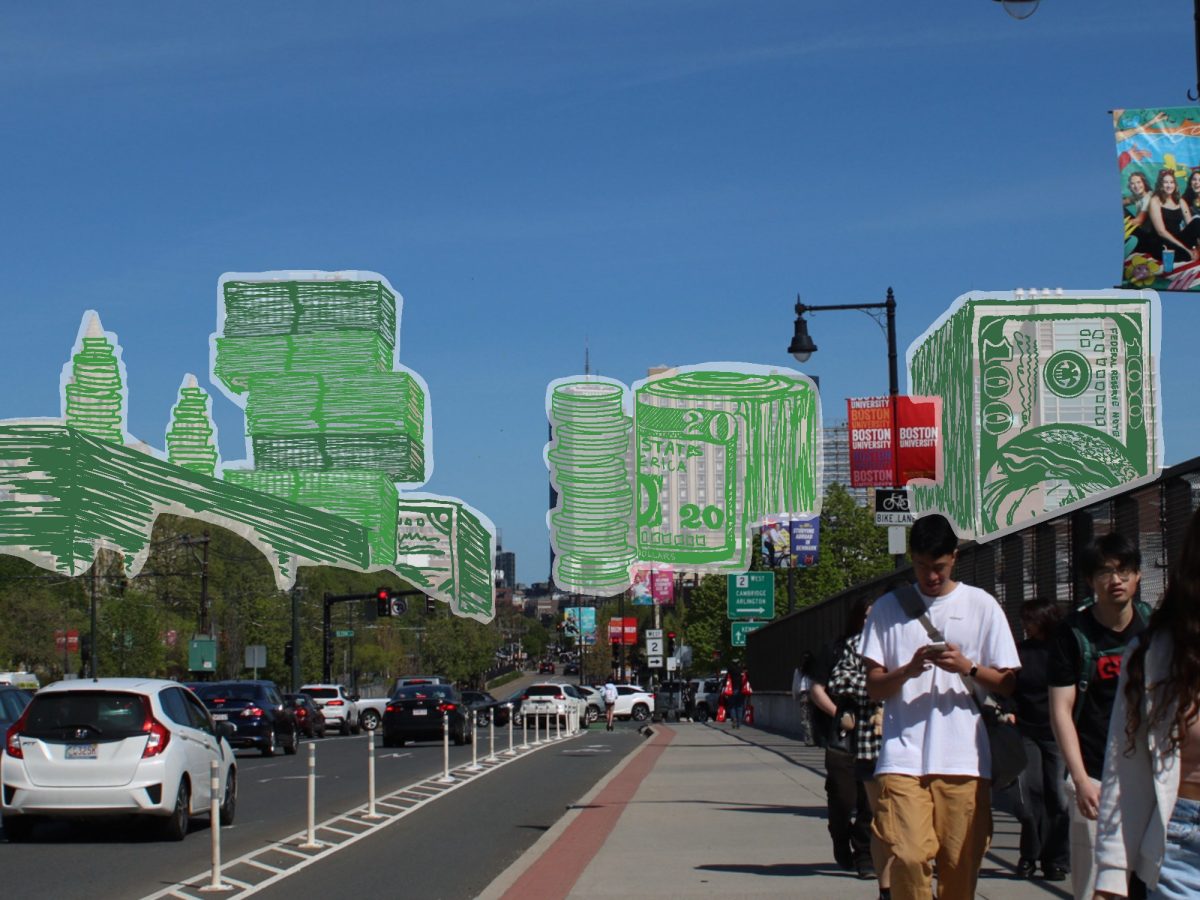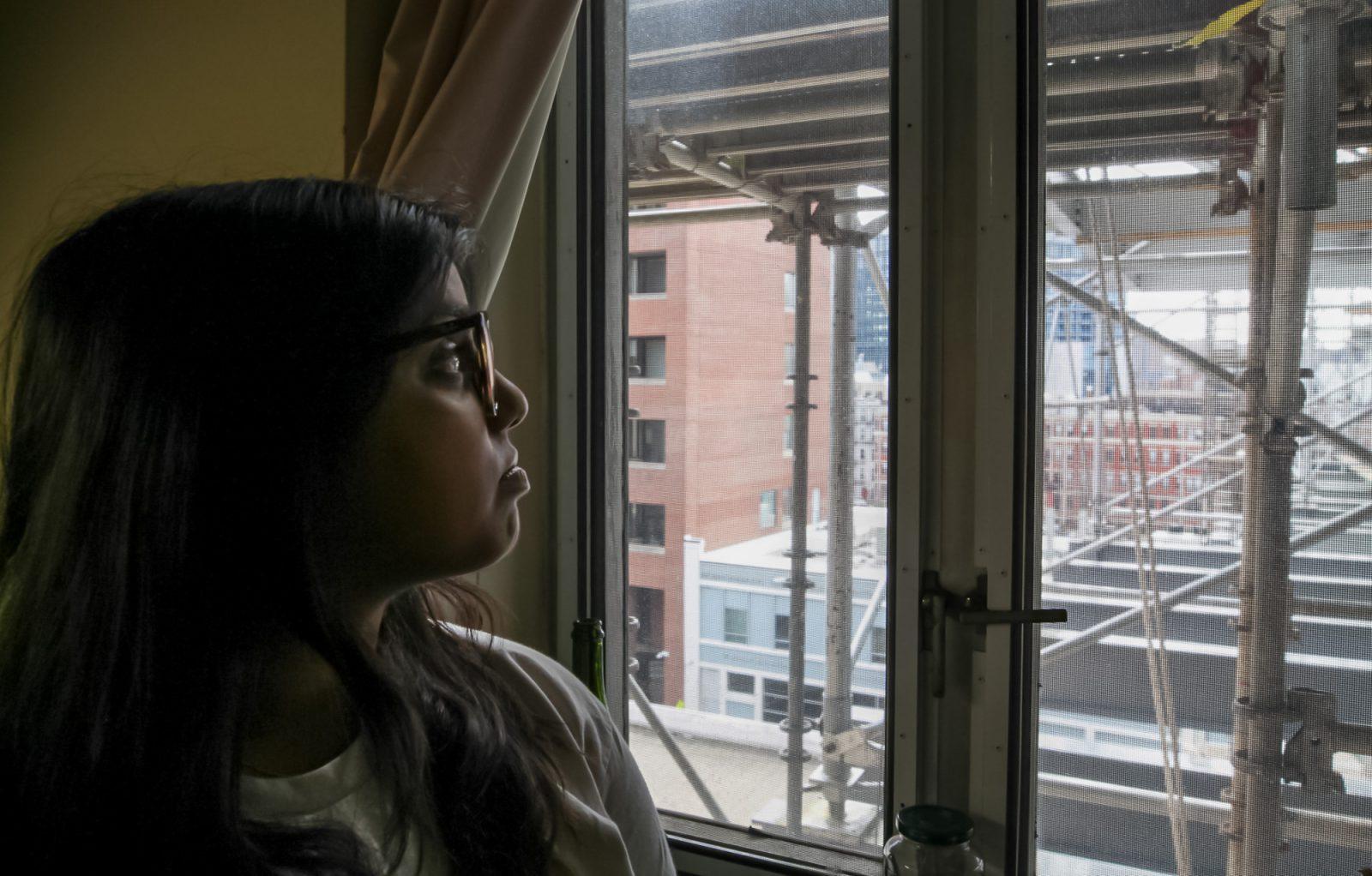When one thinks of great Renaissance patrons, names like Cosimo di Medici and Pope Julius II come to mind. Bindo Altoviti, a powerful Florentine banker, was never placed in this powerful circle of religious and political patrons, until now.
Altoviti, supporter of great Renaissance artists such as Raphael and Benvenuto Cellini, and friend of Michelangelo, cultivated one of Italy’s most impressive personal collections of art. An exhibit of Altoviti’s personal collection, entitled ‘Raphael, Cellini and a Renaissance Banker: The Patronage of Bindo Altoviti,’ is currently on display at the Isabella Stuart Gardener Museum until Jan. 24, 2004.
The exhibit, which includes a set of bronze portrait busts, manuscripts, medals, drawings, paintings and even wedding china, reflects the relationship Altoviti had with Renaissance artists he commissioned. Alan Chong, co-curator of the exhibit, chose Altoviti because, like Isabella Stuart Gardener, he supported not only the artists of the Renaissance but also its composers and performers.
In a small room adjacent to the museum’s courtyard, relics of the Renaissance are displayed, radiating an aurora of kinship and power. The most exquisite pieces of the exhibit are the large bronze busts of Altoviti and di Medici, both sculpted by Cellini. The bust of di Medici is large and menacing and it is evident that Medici was a political ruler his armor is ornately decorated and his eyes stare to the ceiling, instead of to the observer.
The depiction of Bindo Altoviti is more relaxed. Altoviti is dressed in modest attire, his facial expression is gentle and his eyes are level with the observer. The bronze busts are placed on opposite sides of the room, further emphasizing their political and family rivalry.
In addition to the bronze busts, the exhibit houses two portraits of Altoviti. Raphael’s portrait depicts Altoviti as a young man, using oil on a wooden panel. The brush strokes are soft and the colors radiate in the image of the cool, aloof young banker. Positioned in a three-quarter view, Altoviti’s lips are the most striking aspect of the painting; a hint of red greatly emphasizes the lusciousness.
The other portrait of Altoviti is by Jocopino di Conte. In this work, Altoviti is standing, dressed in black and staring into the distance. Di Conte’s brush strokes are crisp and clear, radiating the impression of power and respect. This piece, painted later in Altoviti’s life, shows his transformation from a youthful man to a wise, scholarly patron.
The wide variety of works and styles in the collection give the impression that Altoviti not only commissioned artists, but oversaw the entire artistic process involved in the creation of the paintings and sculptures. Altoviti’s close bond with the artists of this time ensured not only the production of great artistic works, but Altoviti’s place in the history of art as well.
In addition to portraits of Altoviti, various Michaelangelo sketches light up the exhibit. Michelangelo gave his sketches of what later came to be the paintings of the Sistine chapel to Altoviti as a gift, which was considered a great honor especially from an influential artist like Michelangelo. The figures sketched are quite small, but they glow with timeless beauty of Hellenistic movement and contortion.
The most impressive aspect of this exhibit is its ability to show the many different phases of the Renaissance, as opposed to merely one particular artist or style of painting. It brilliantly exemplifies how patrons like Altoviti varied from political ones, and shows the relationship they had to their business, artists and the origins of a monumental artistic movement.

